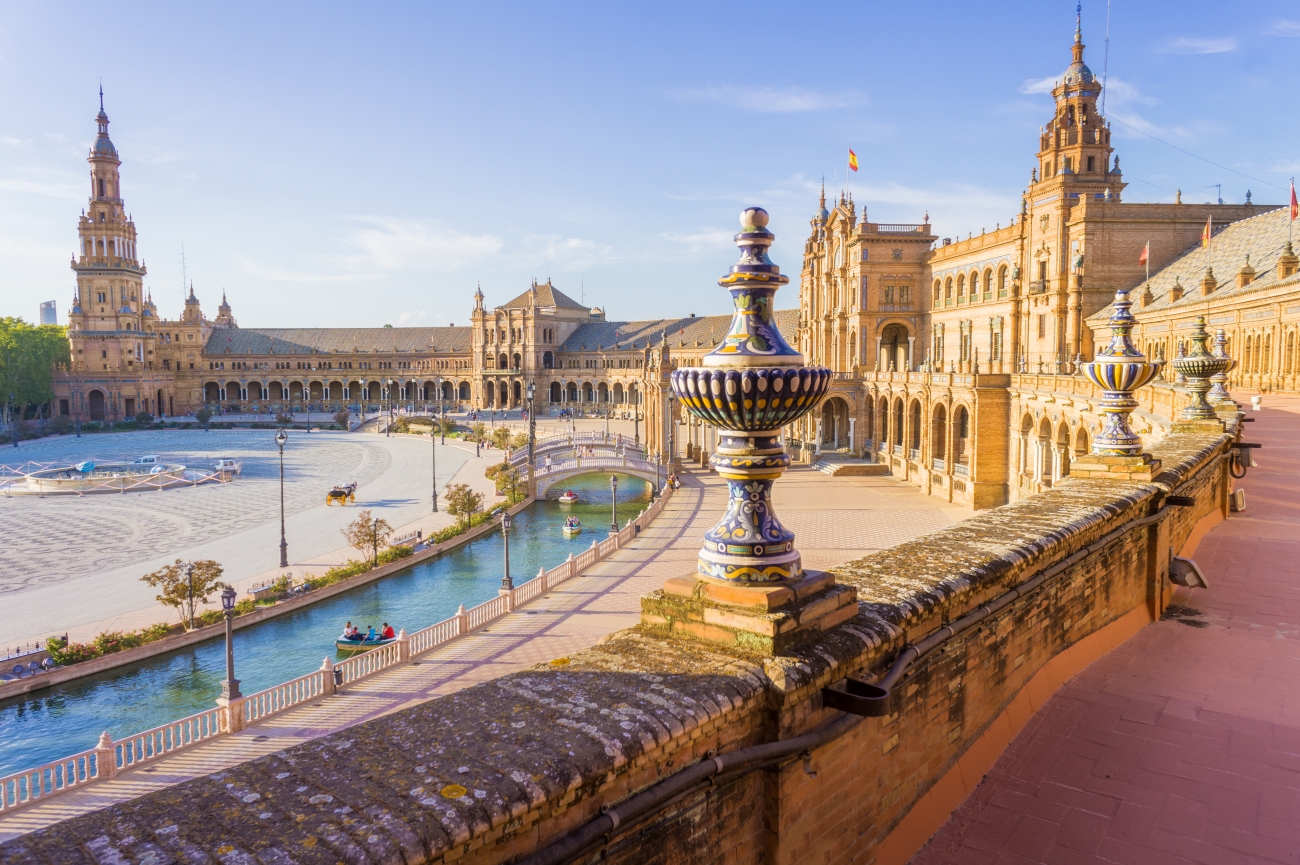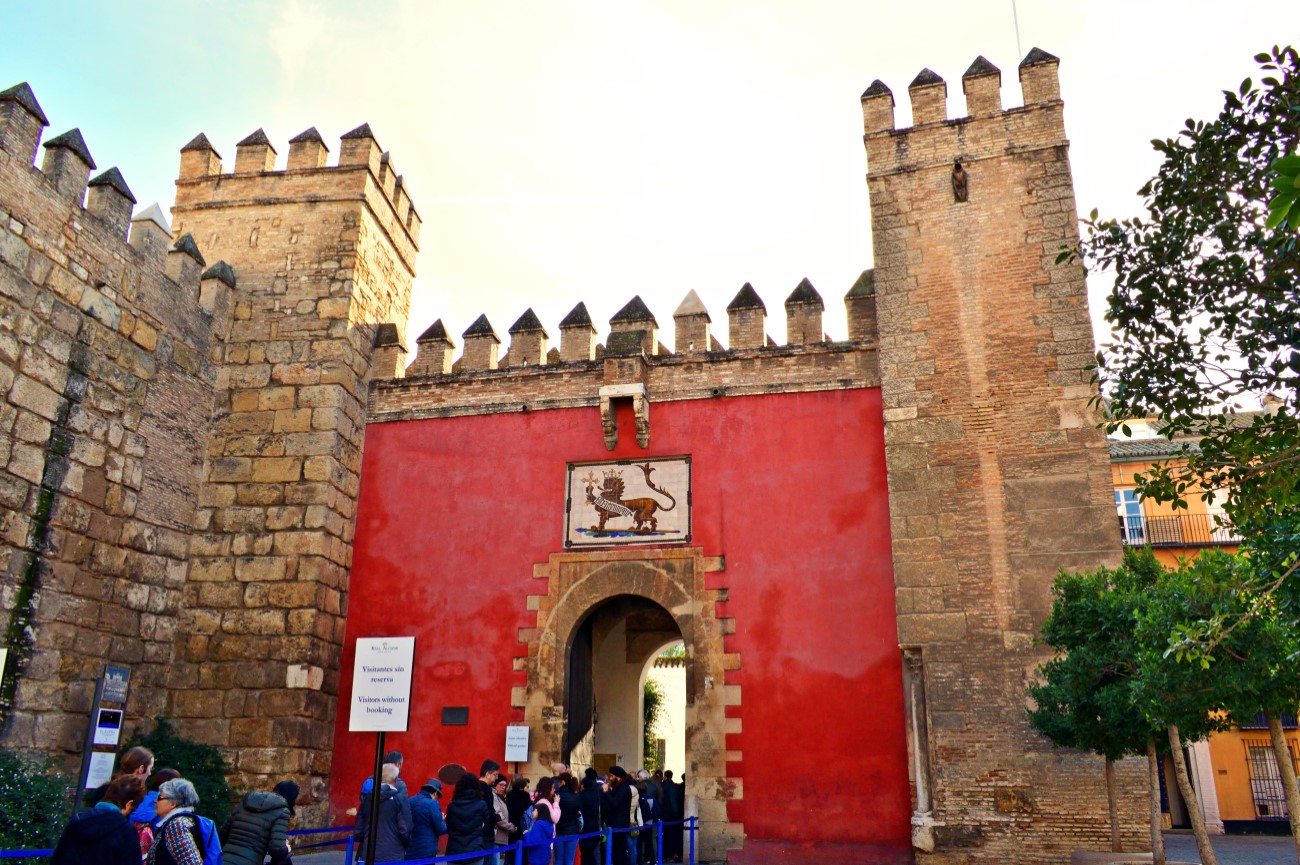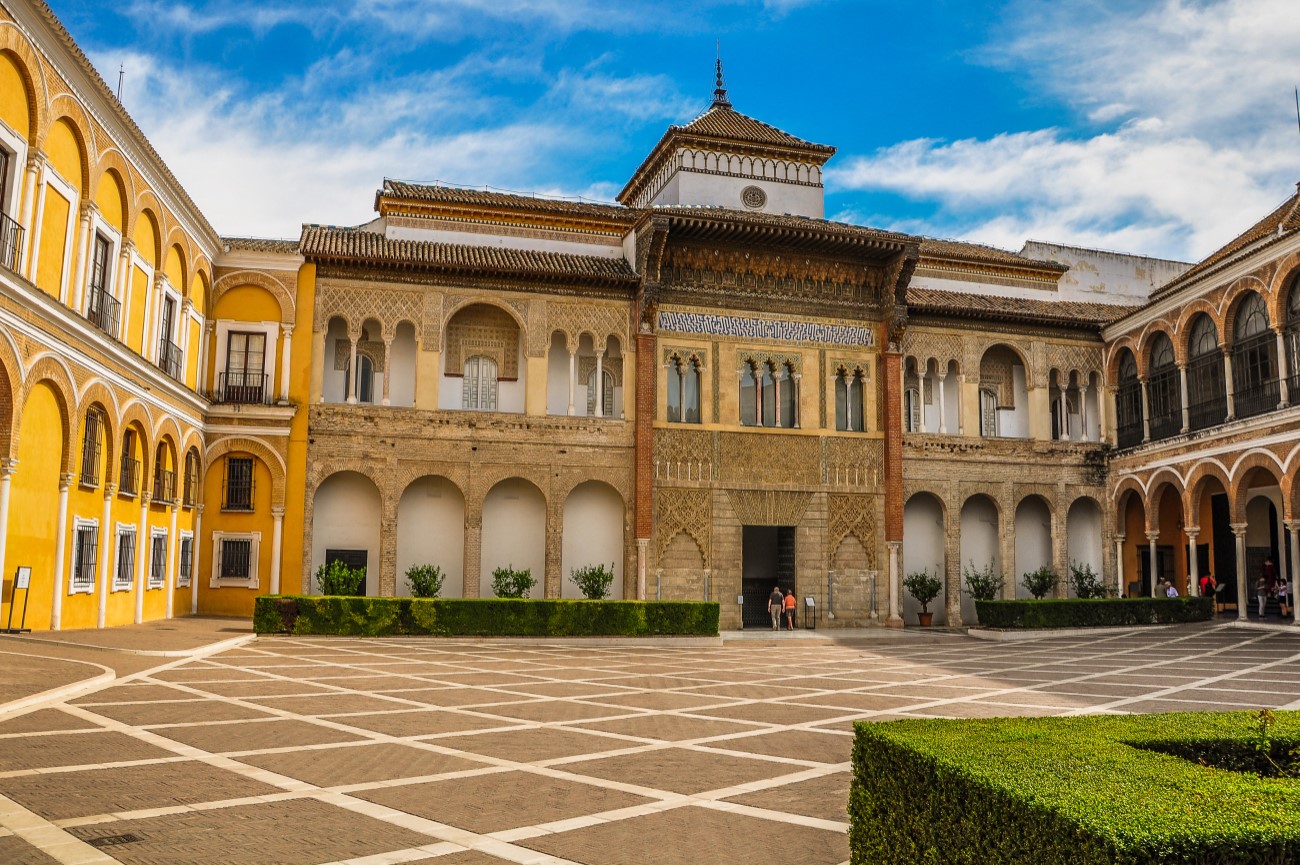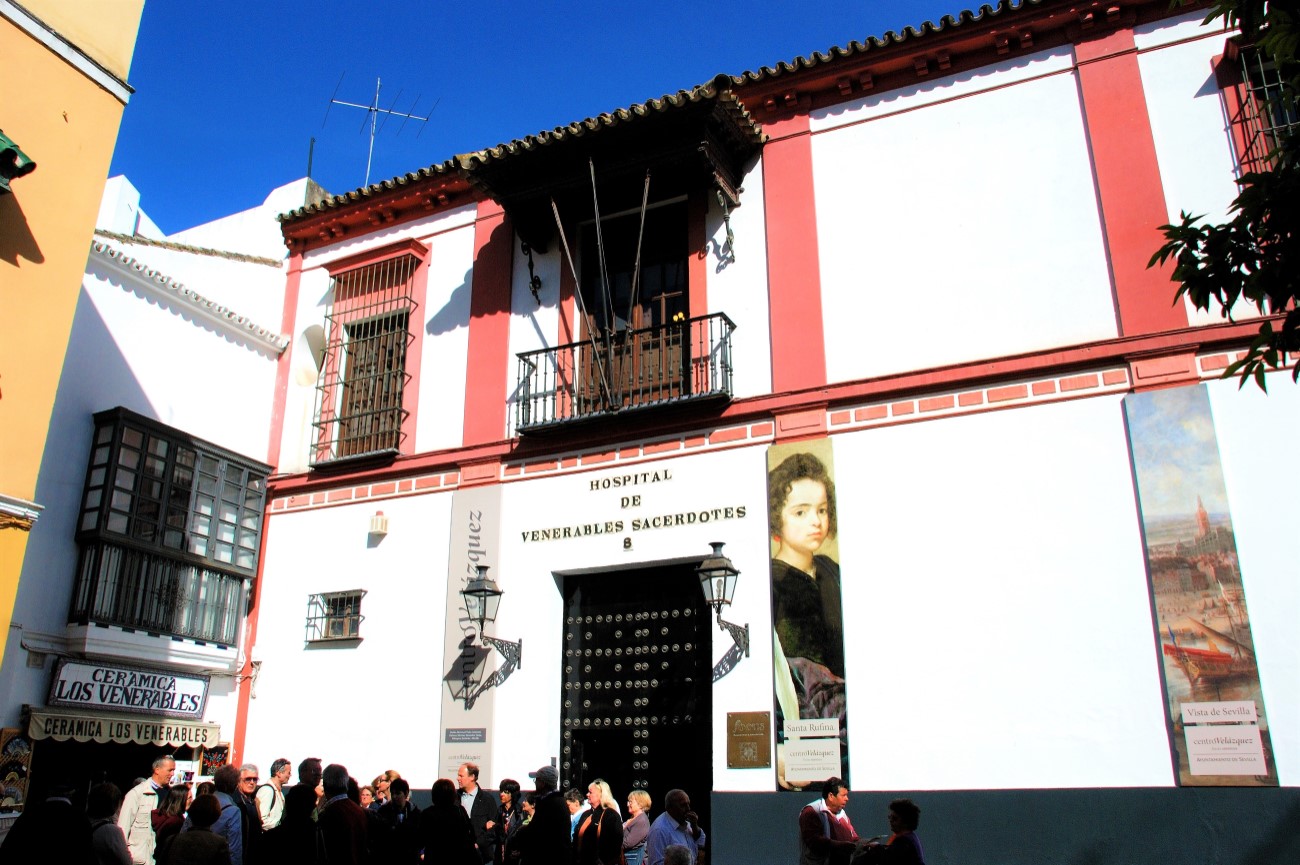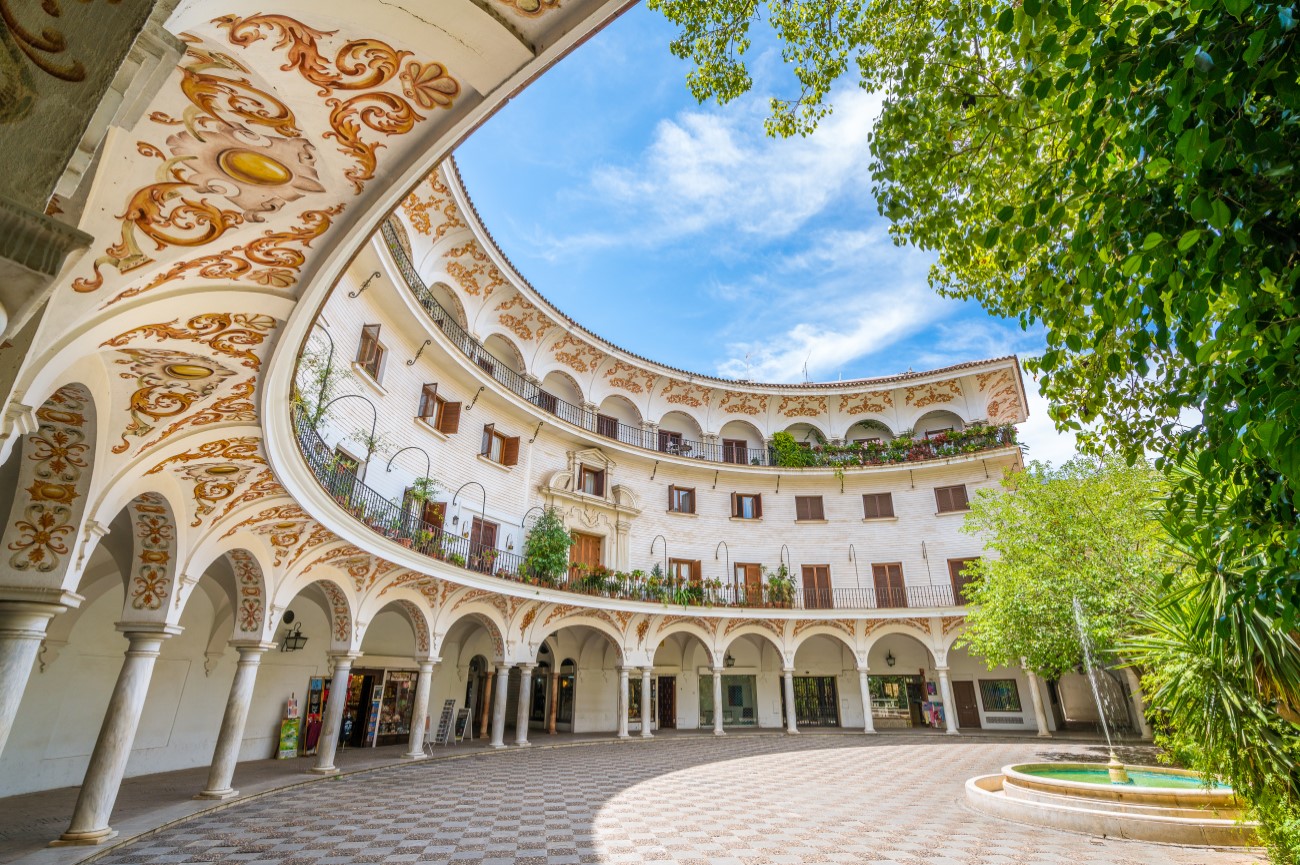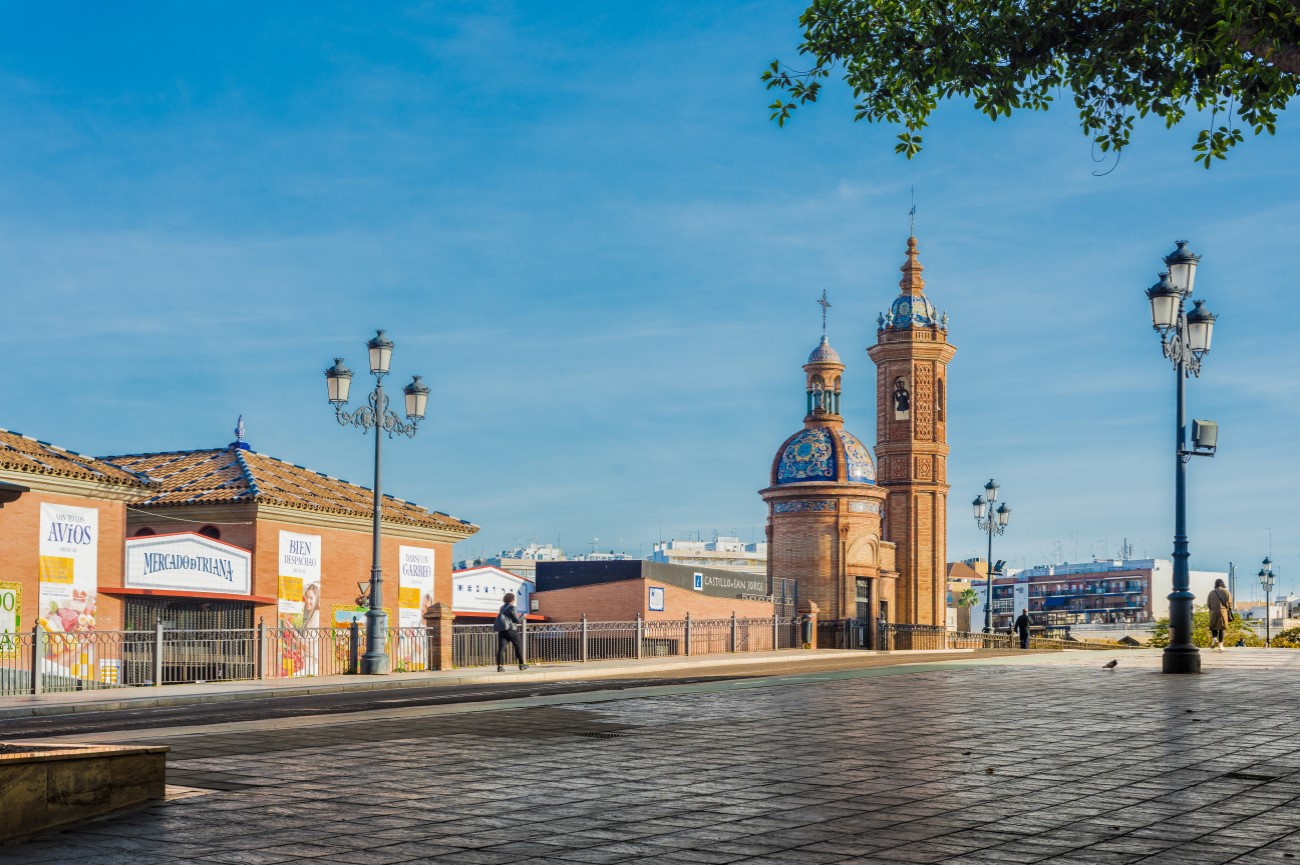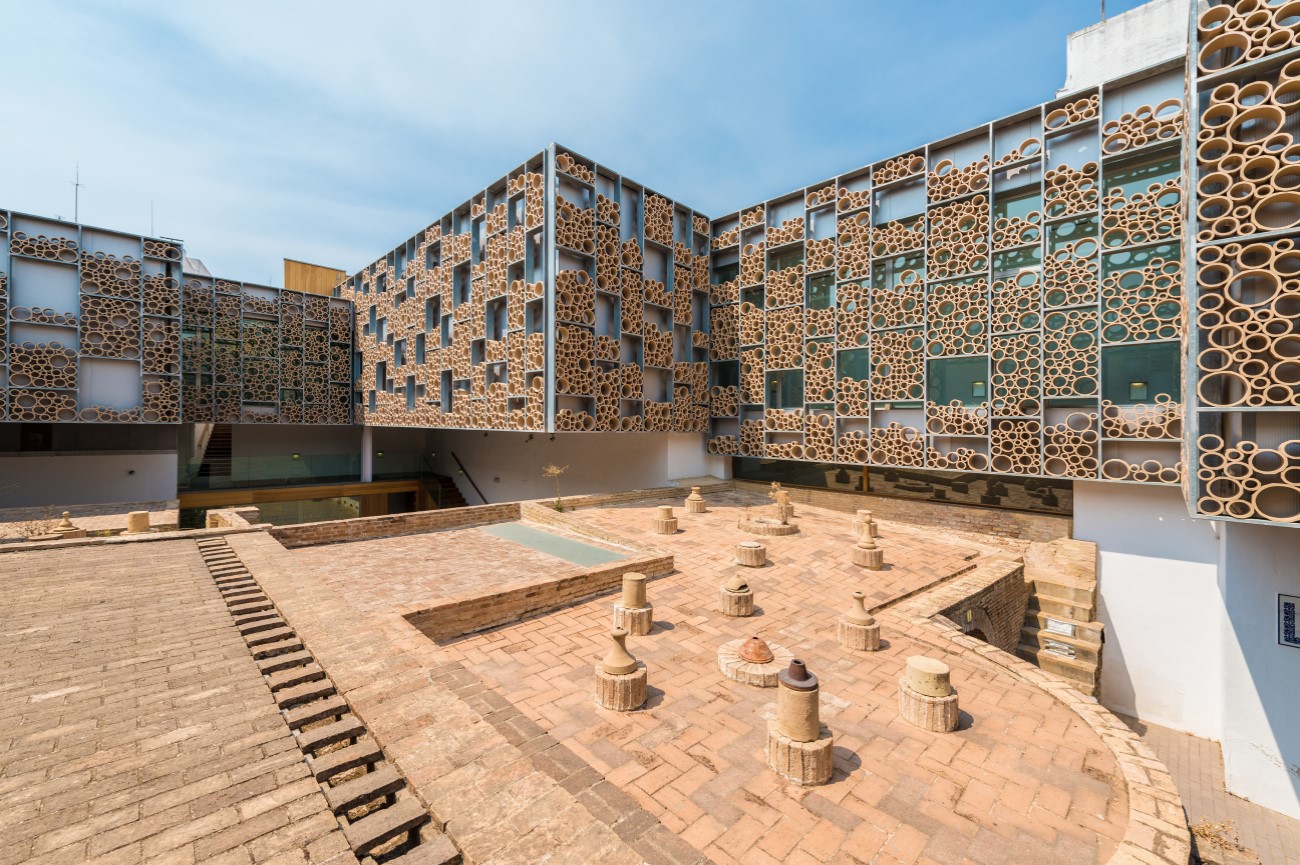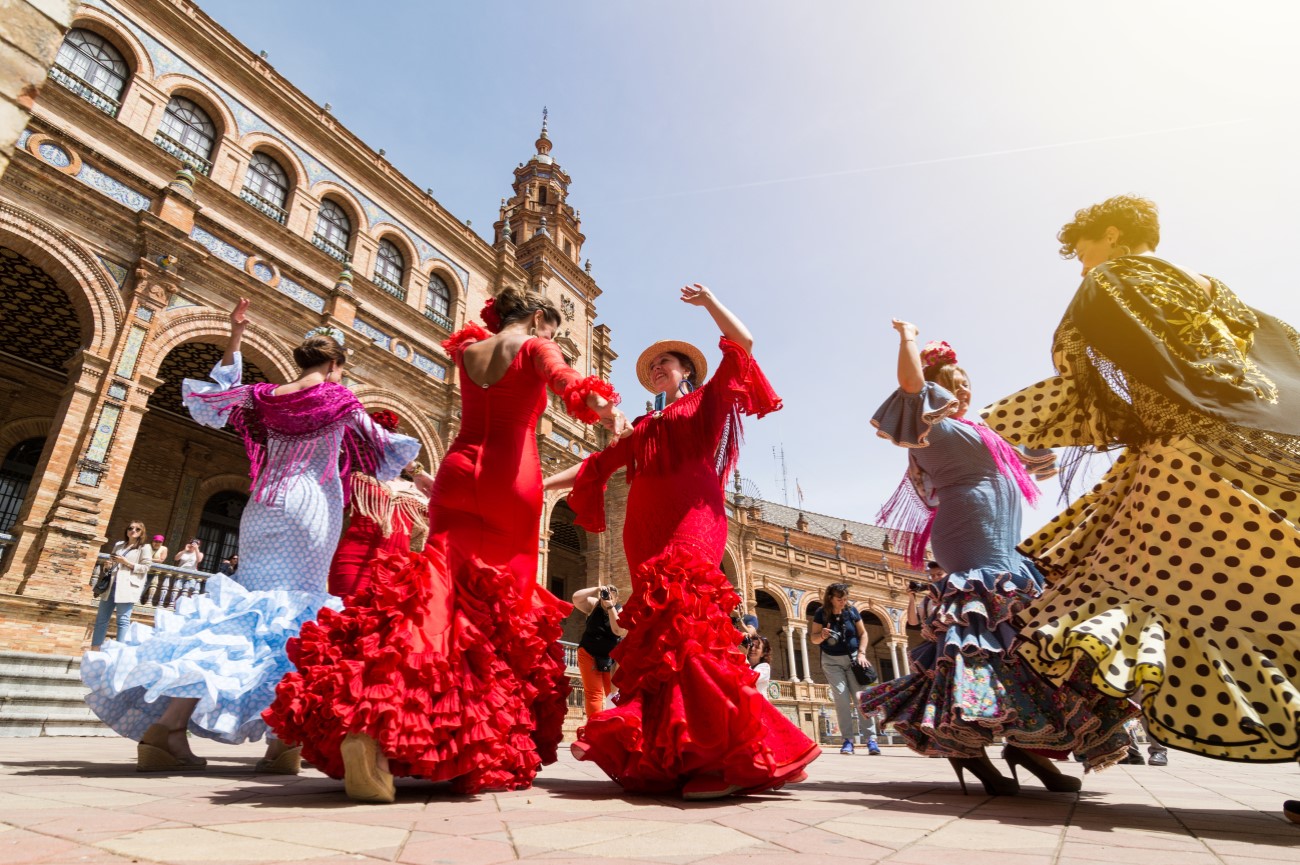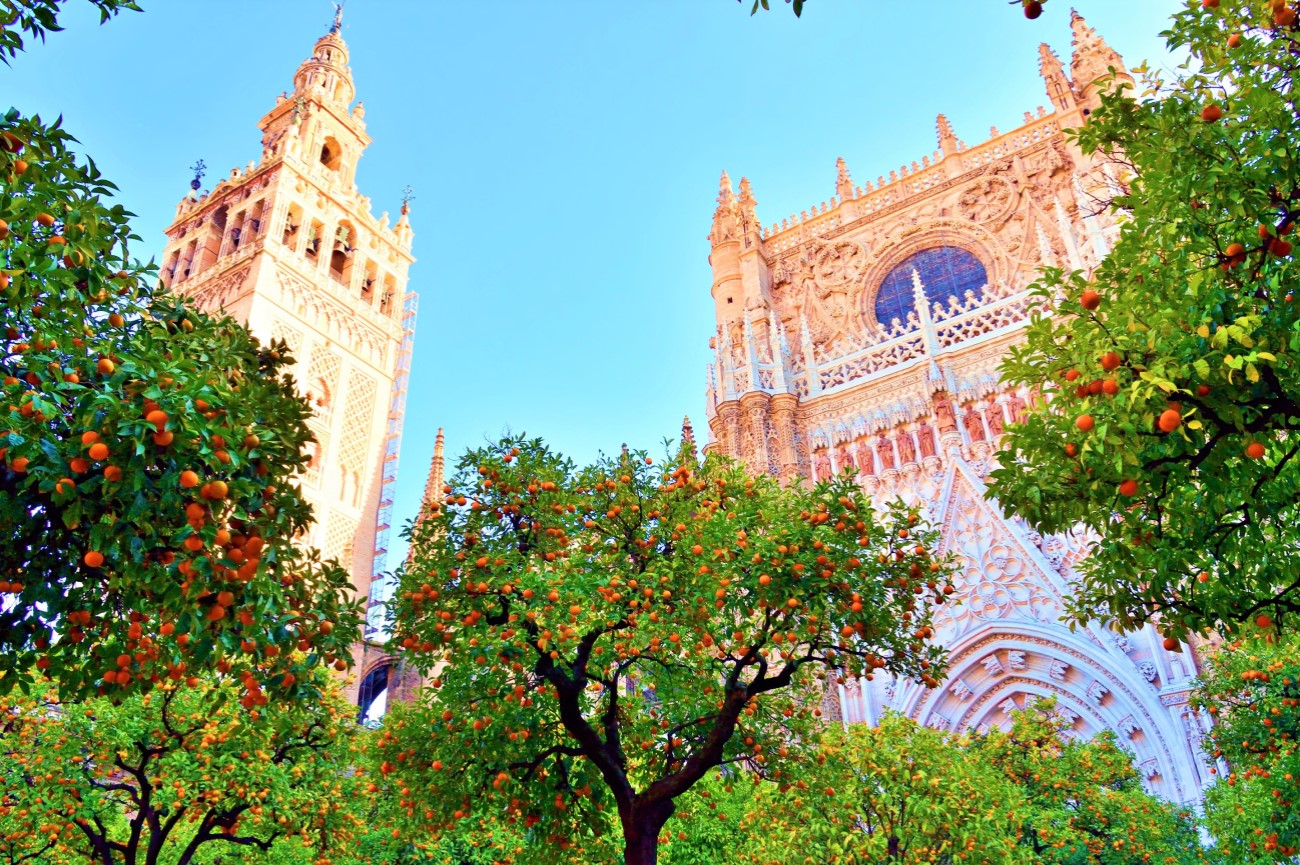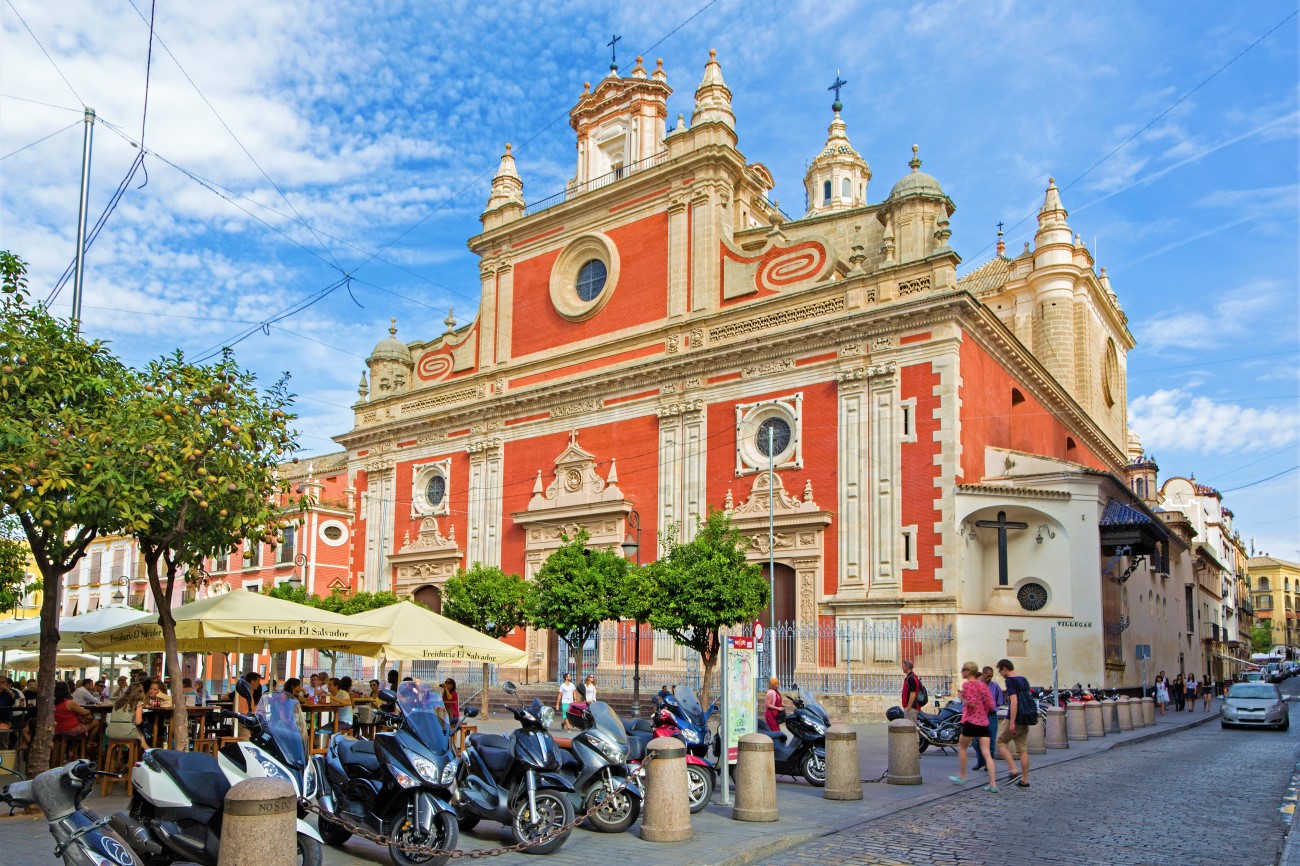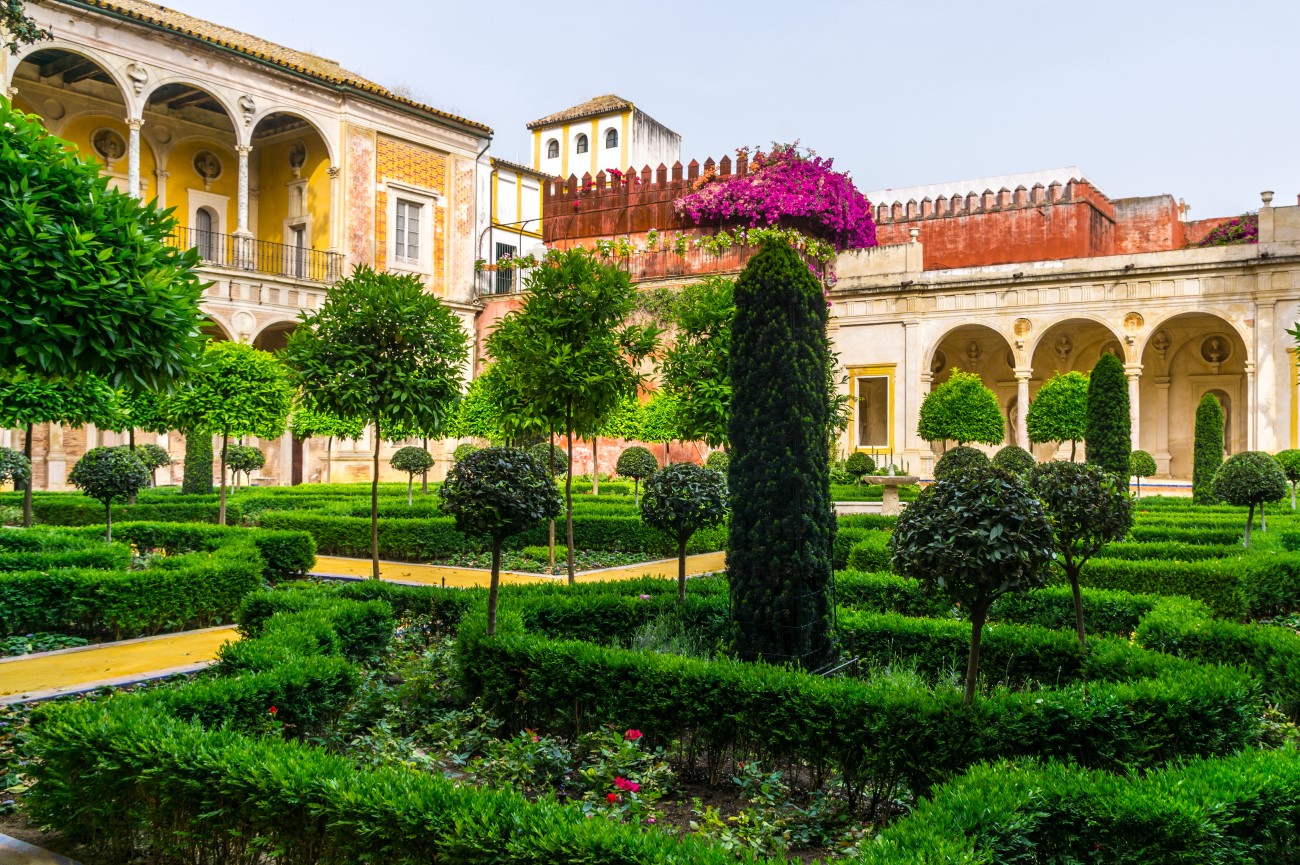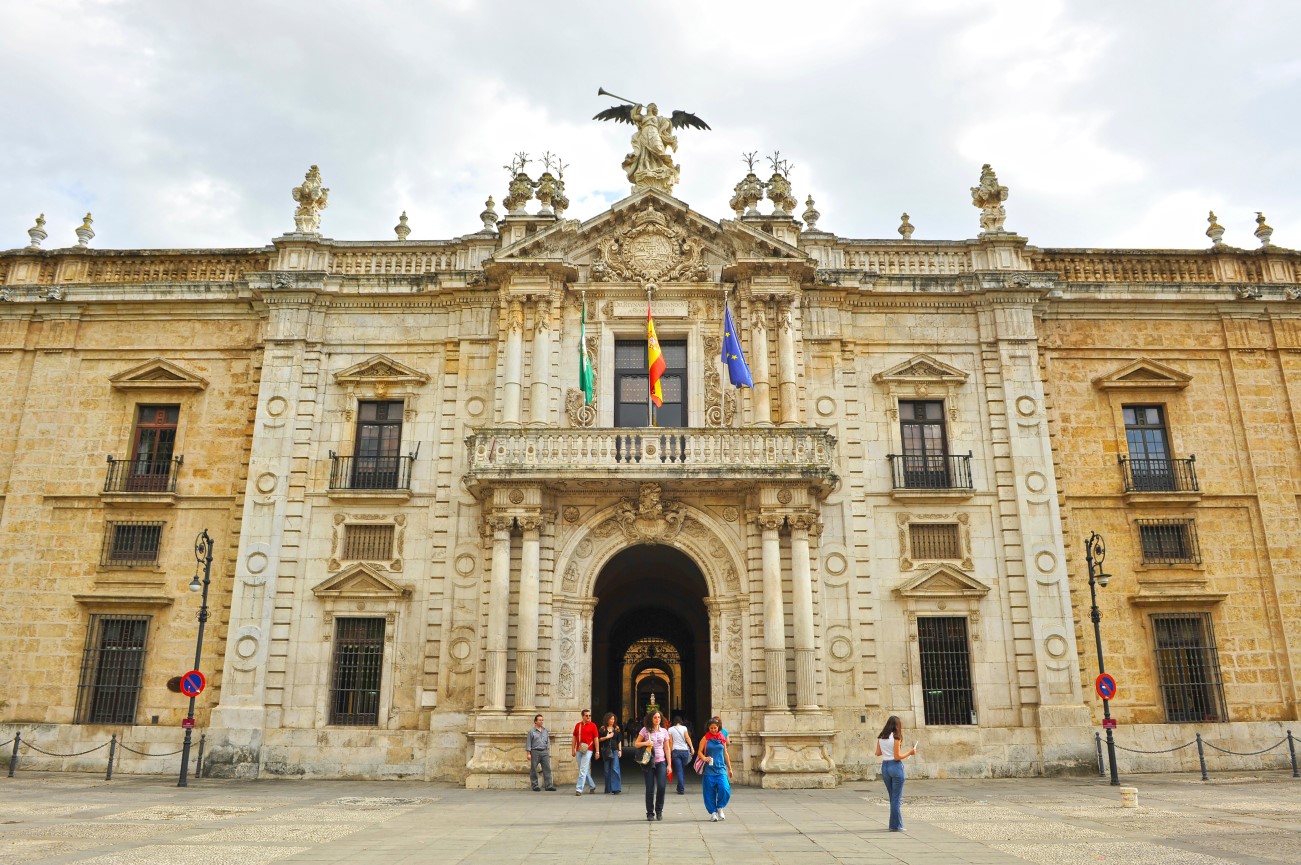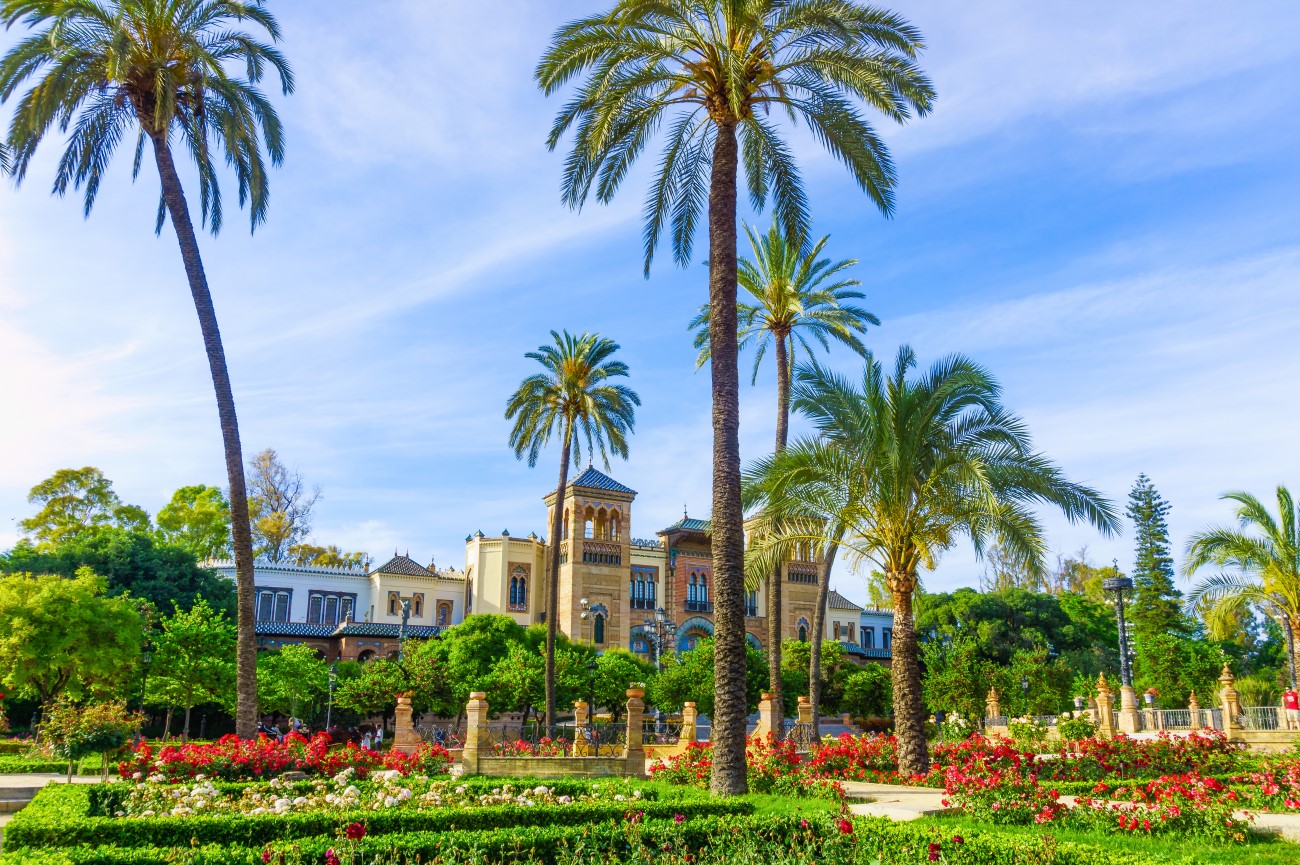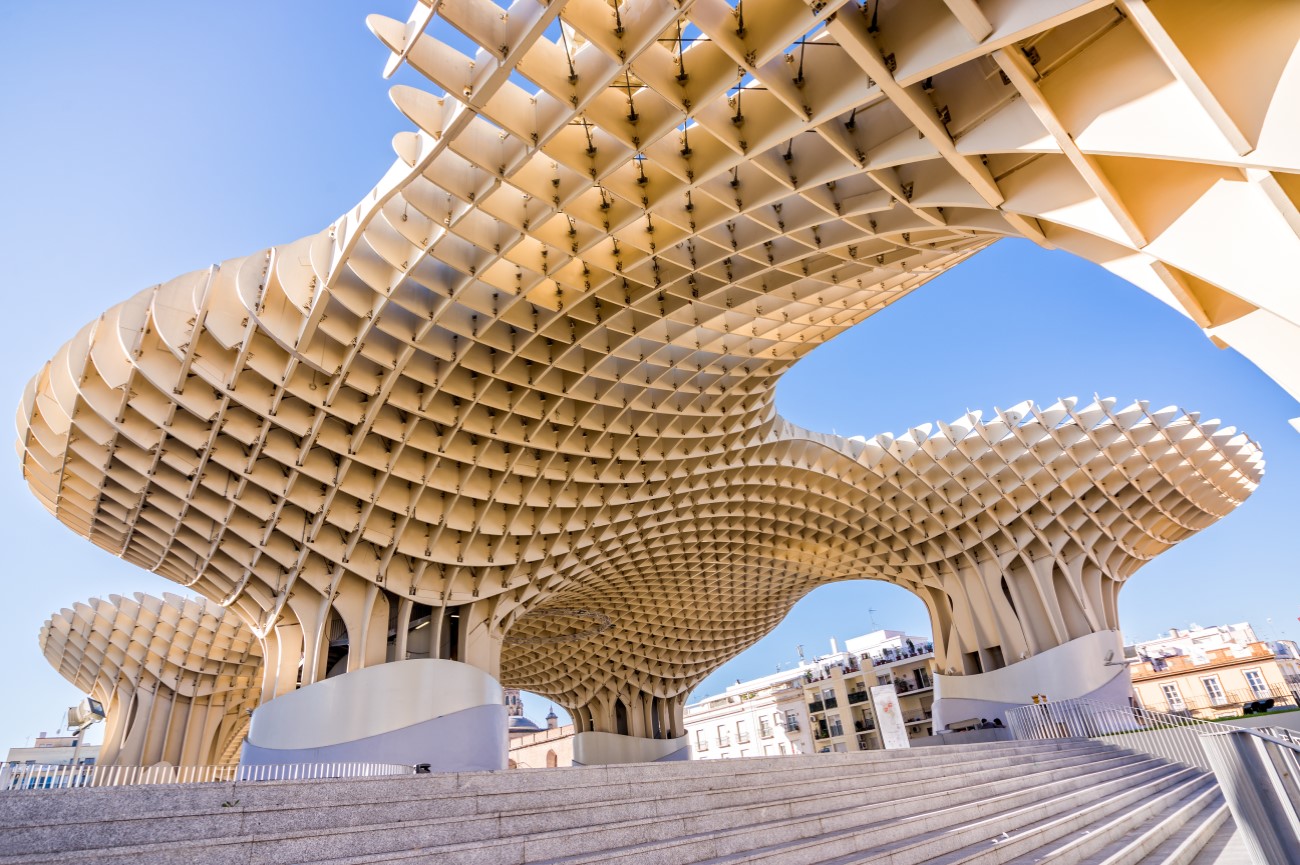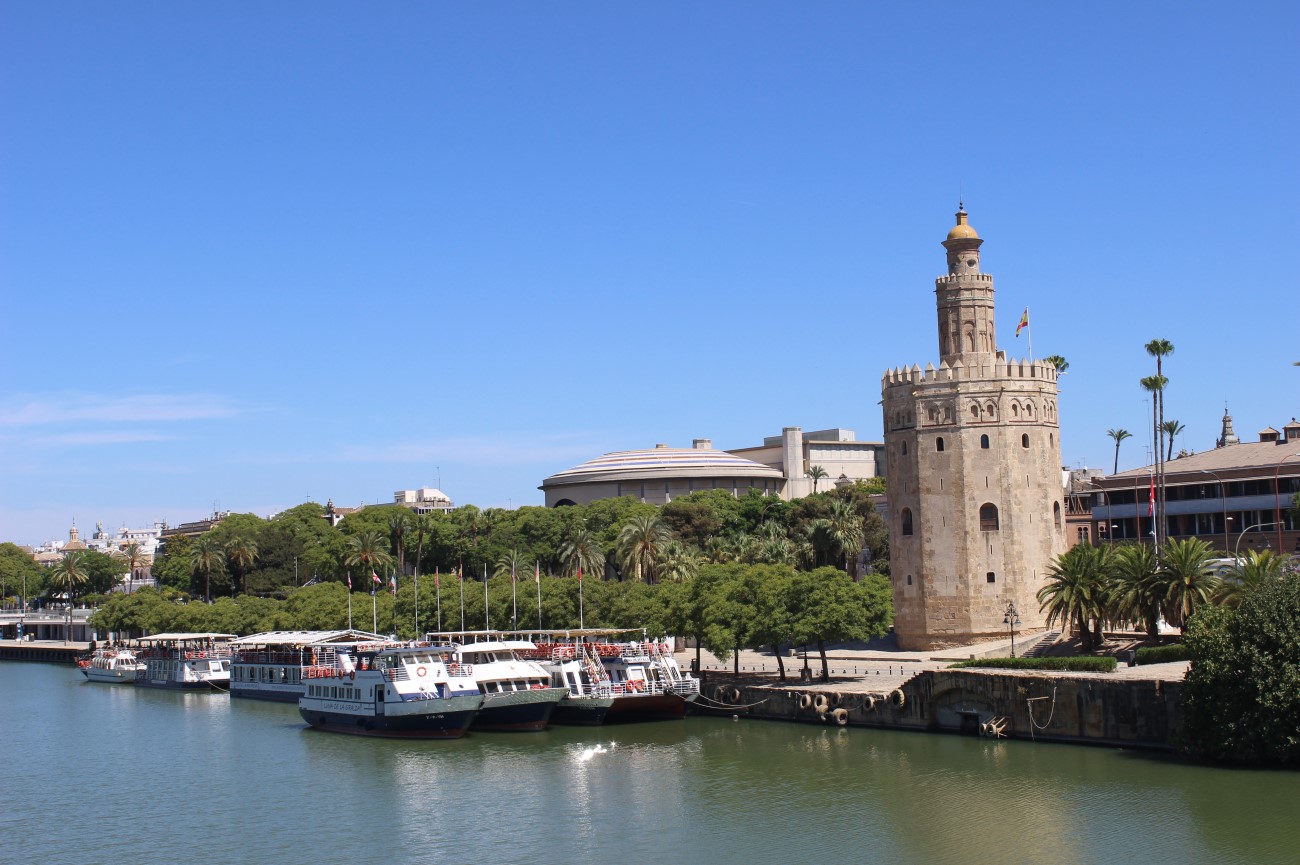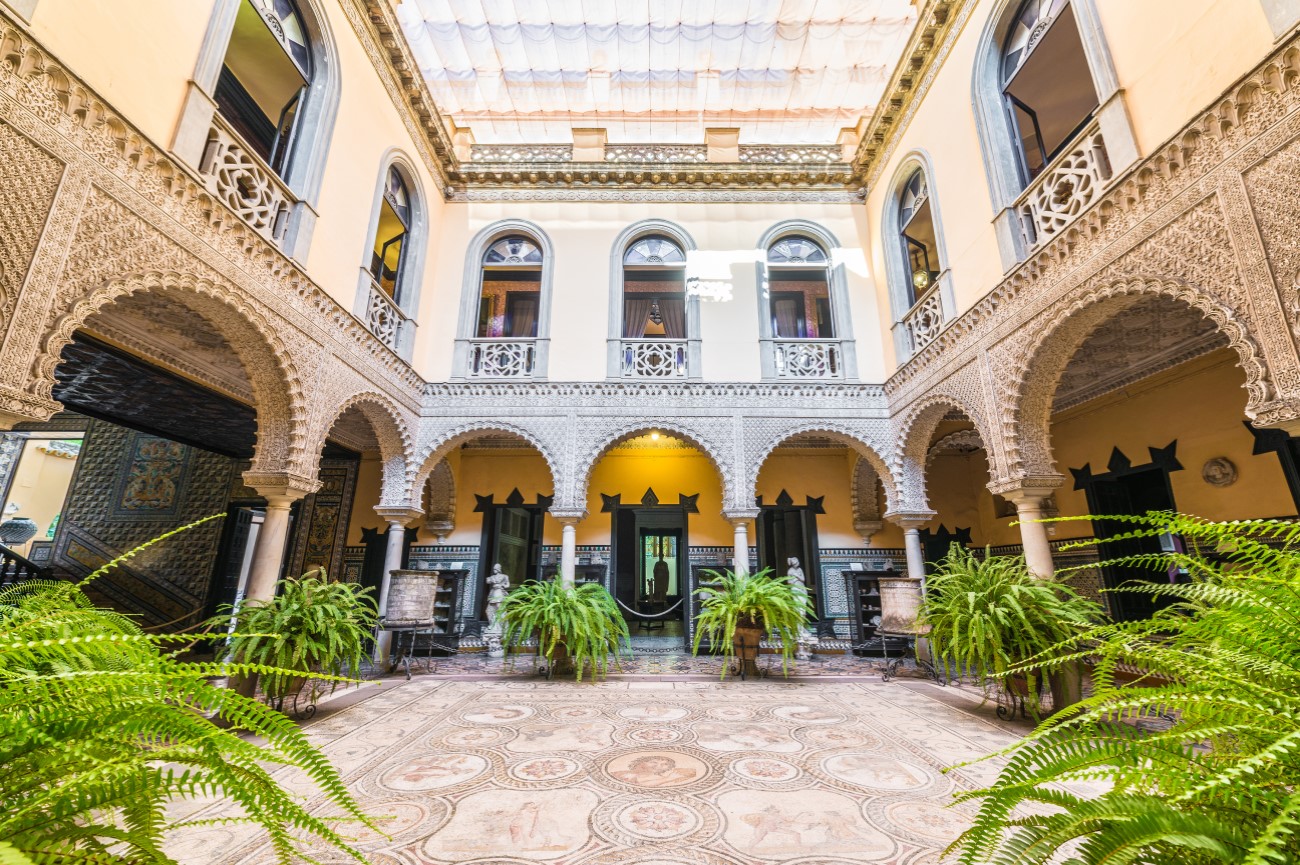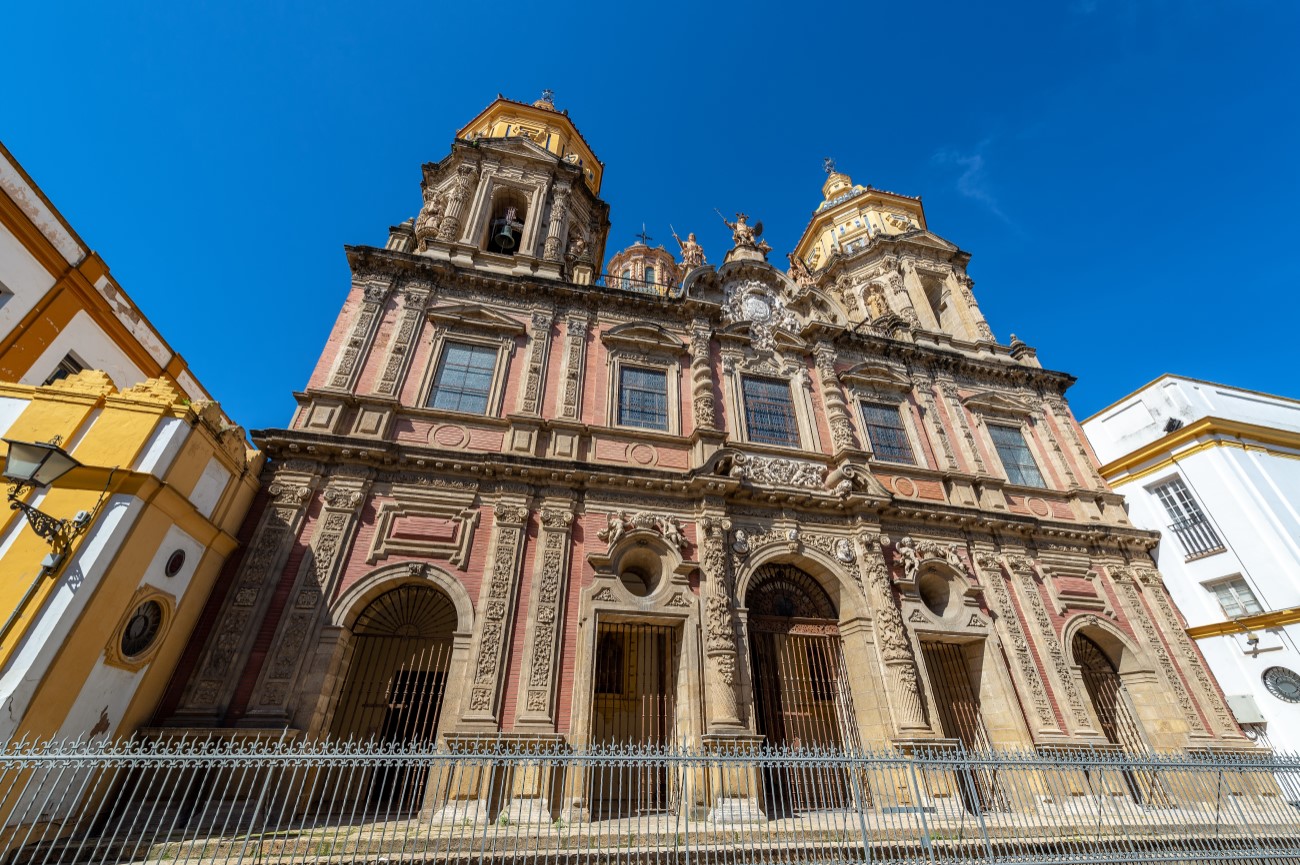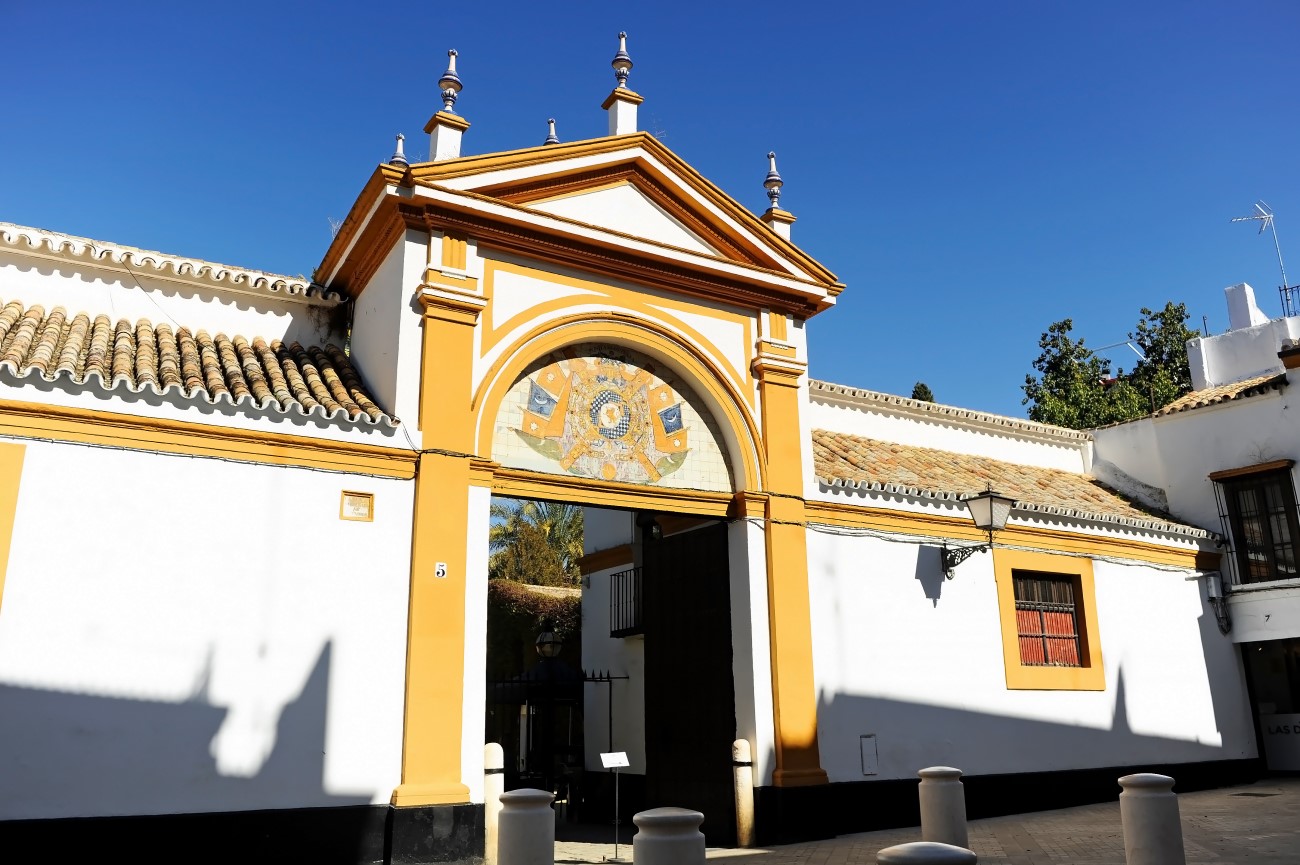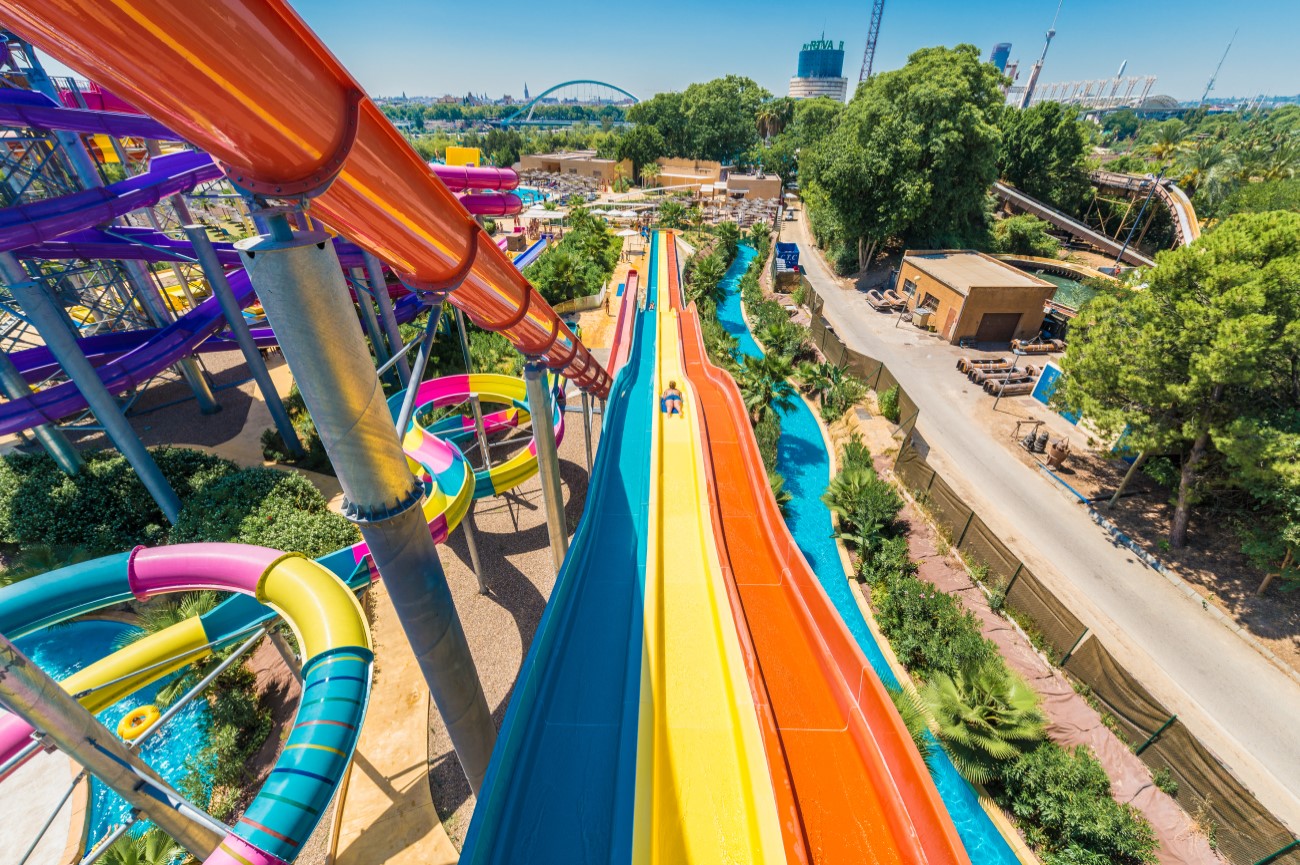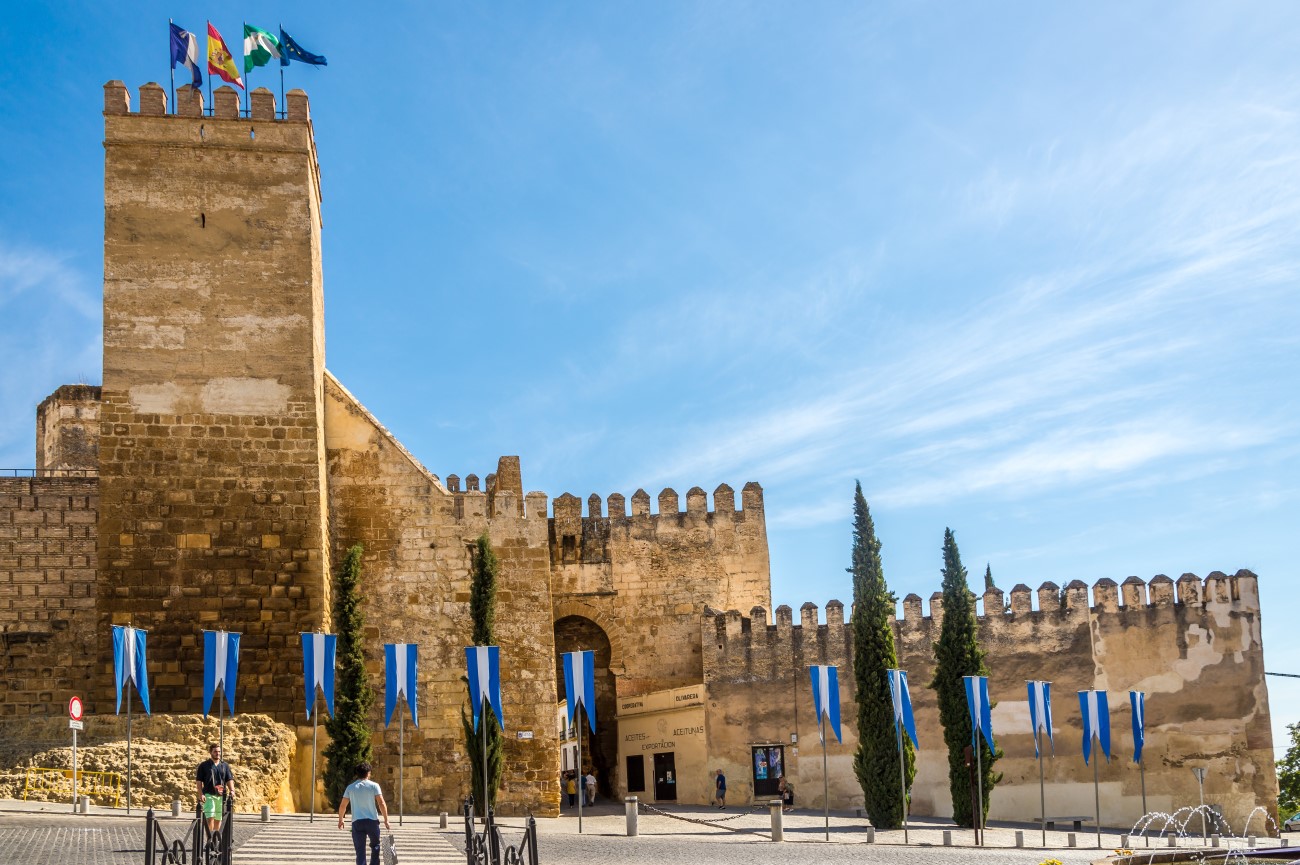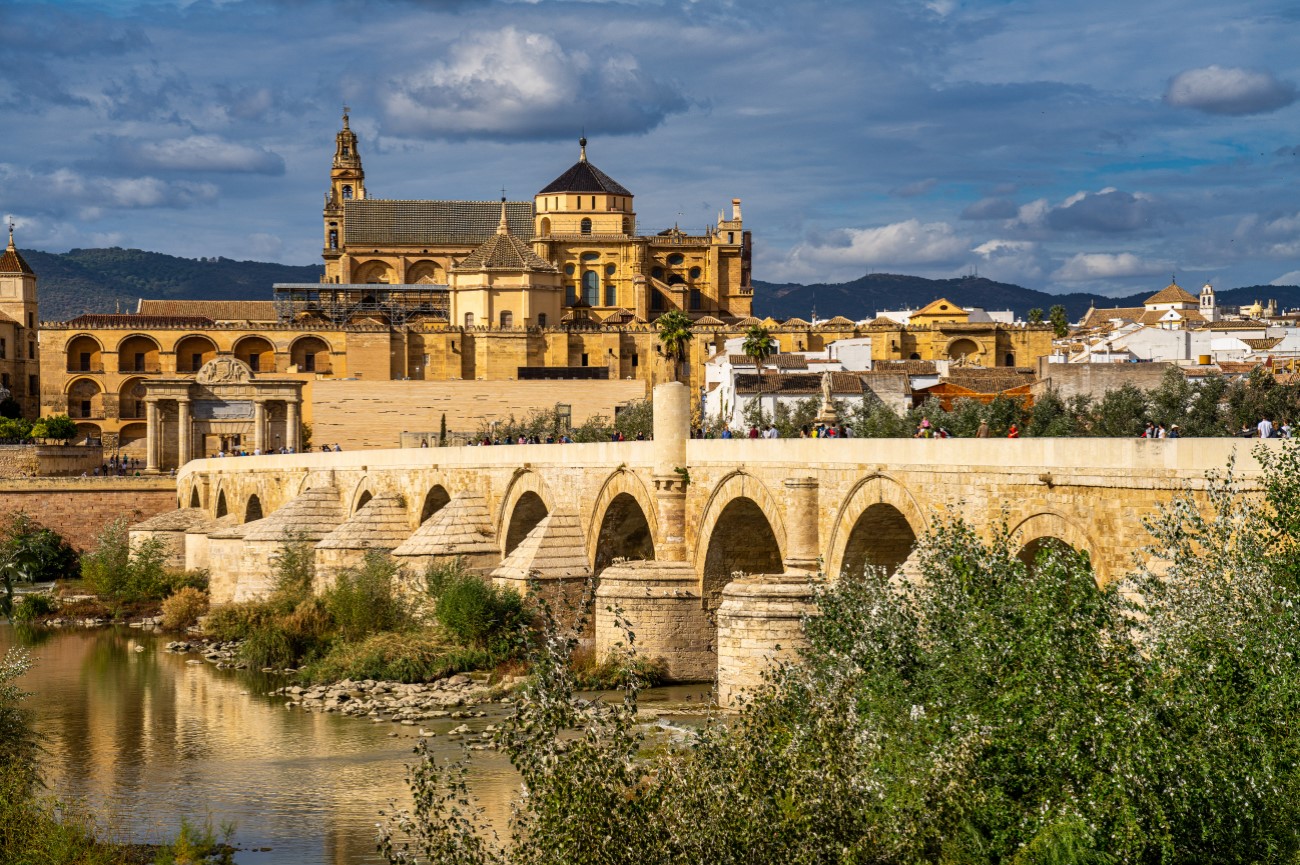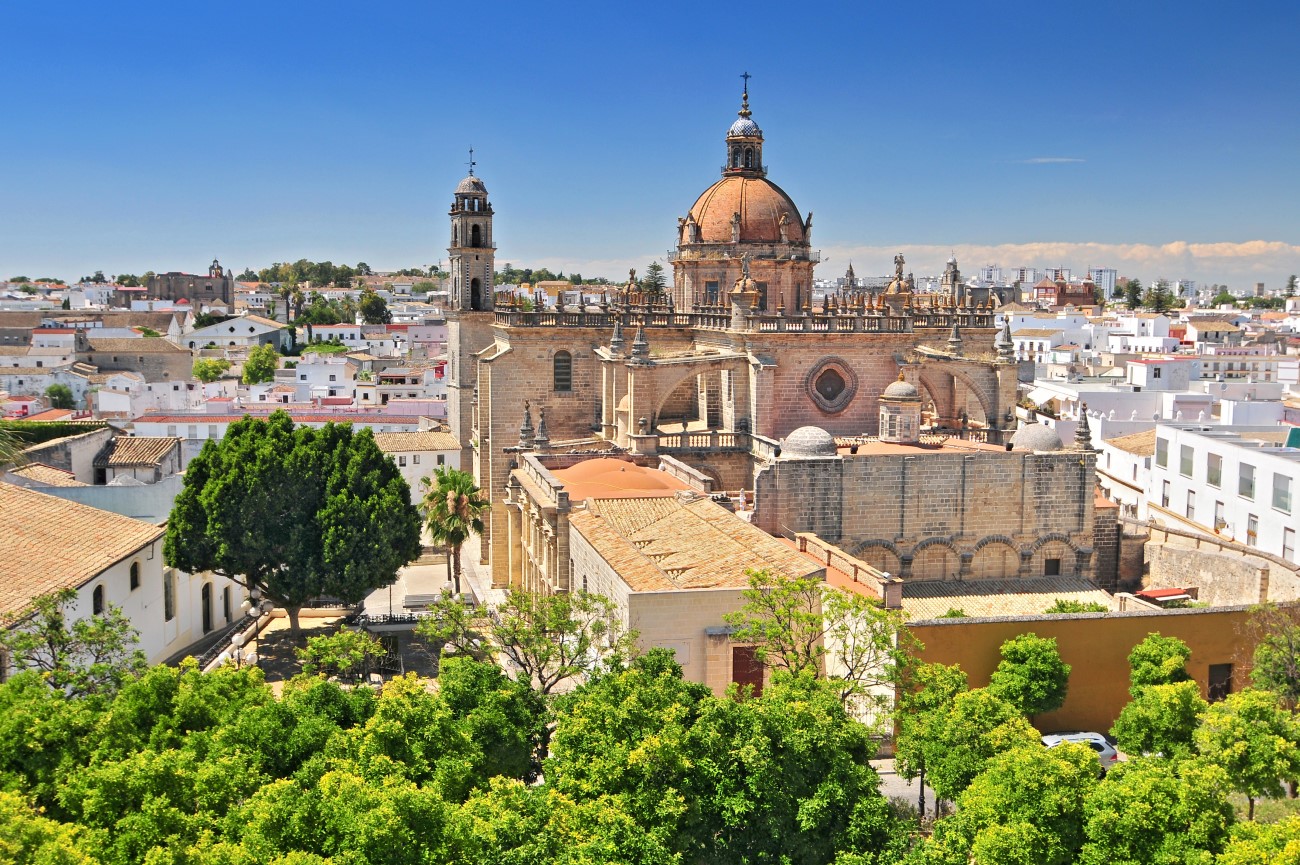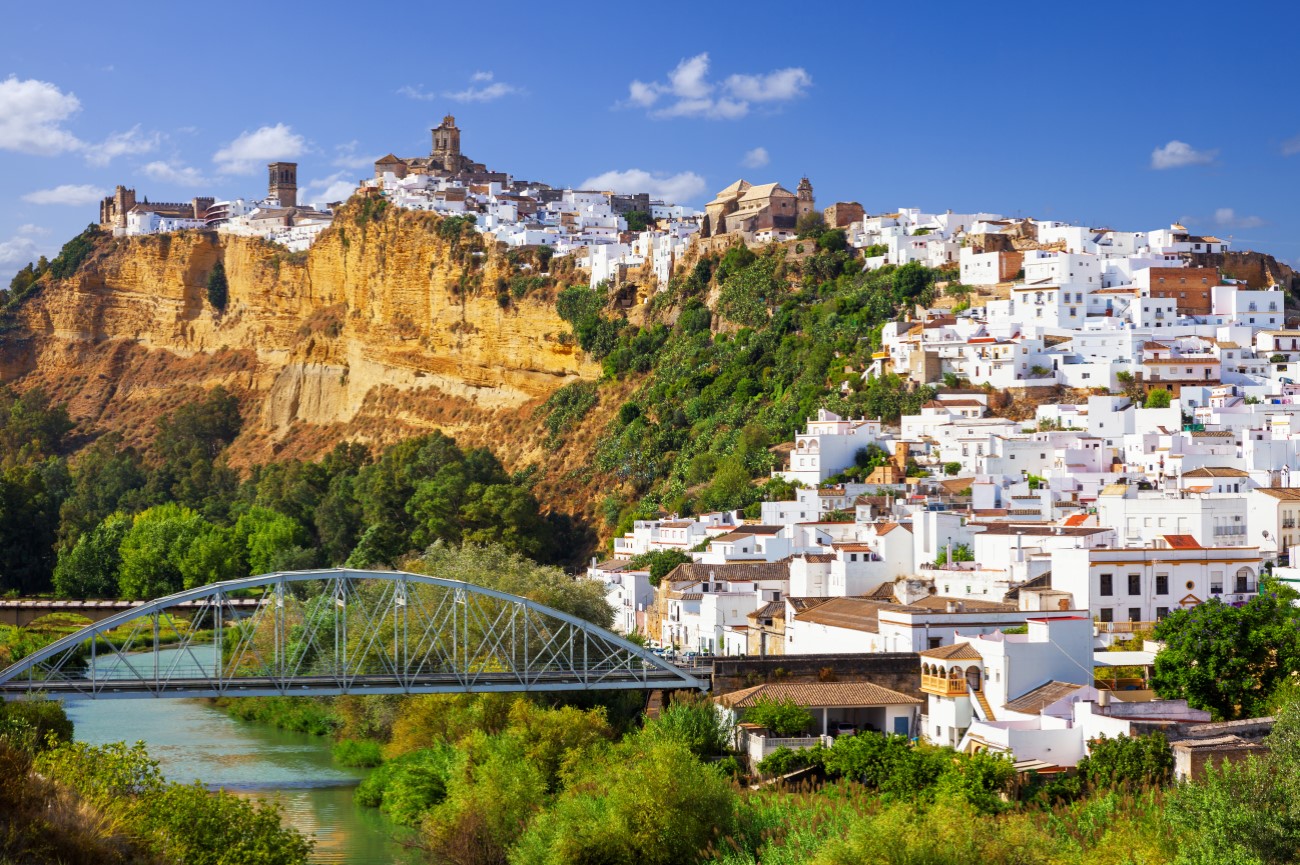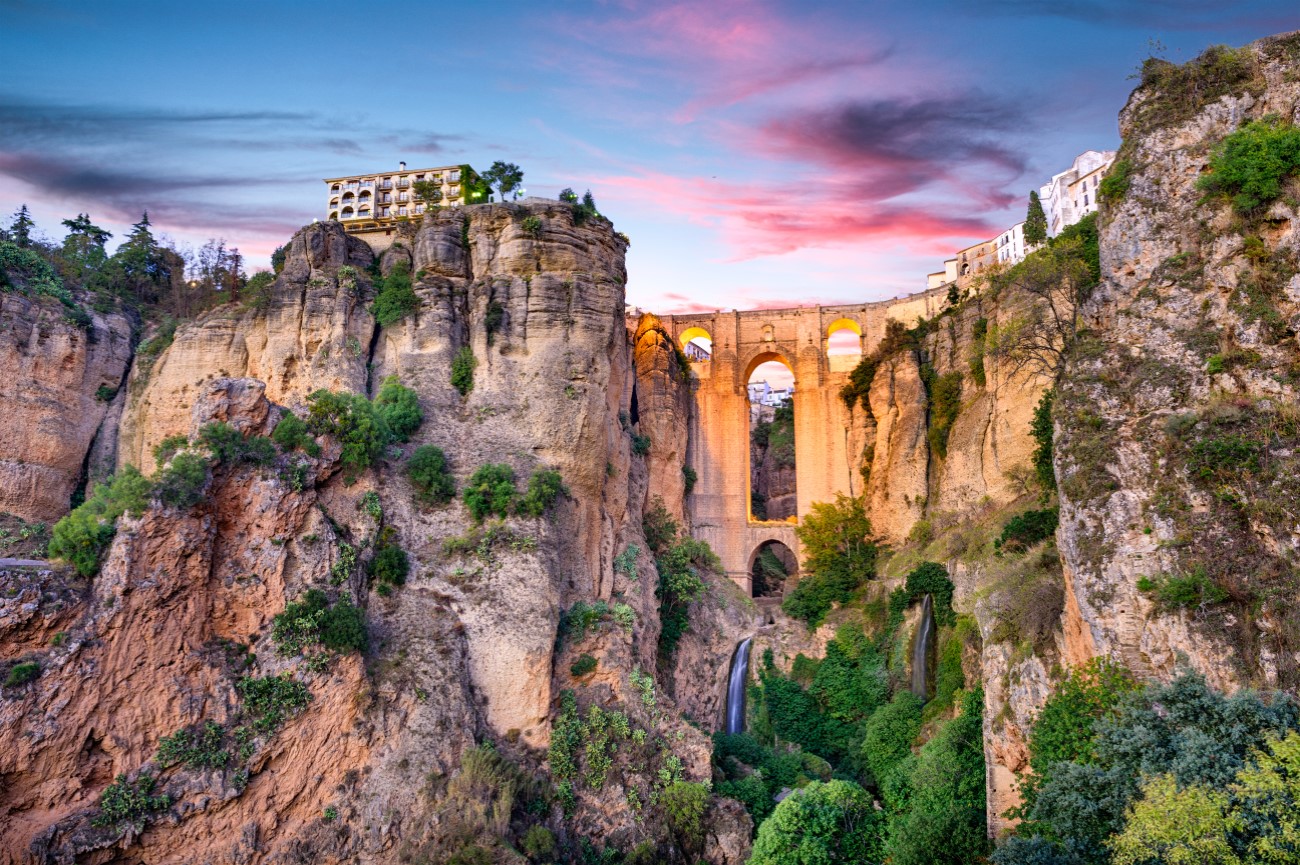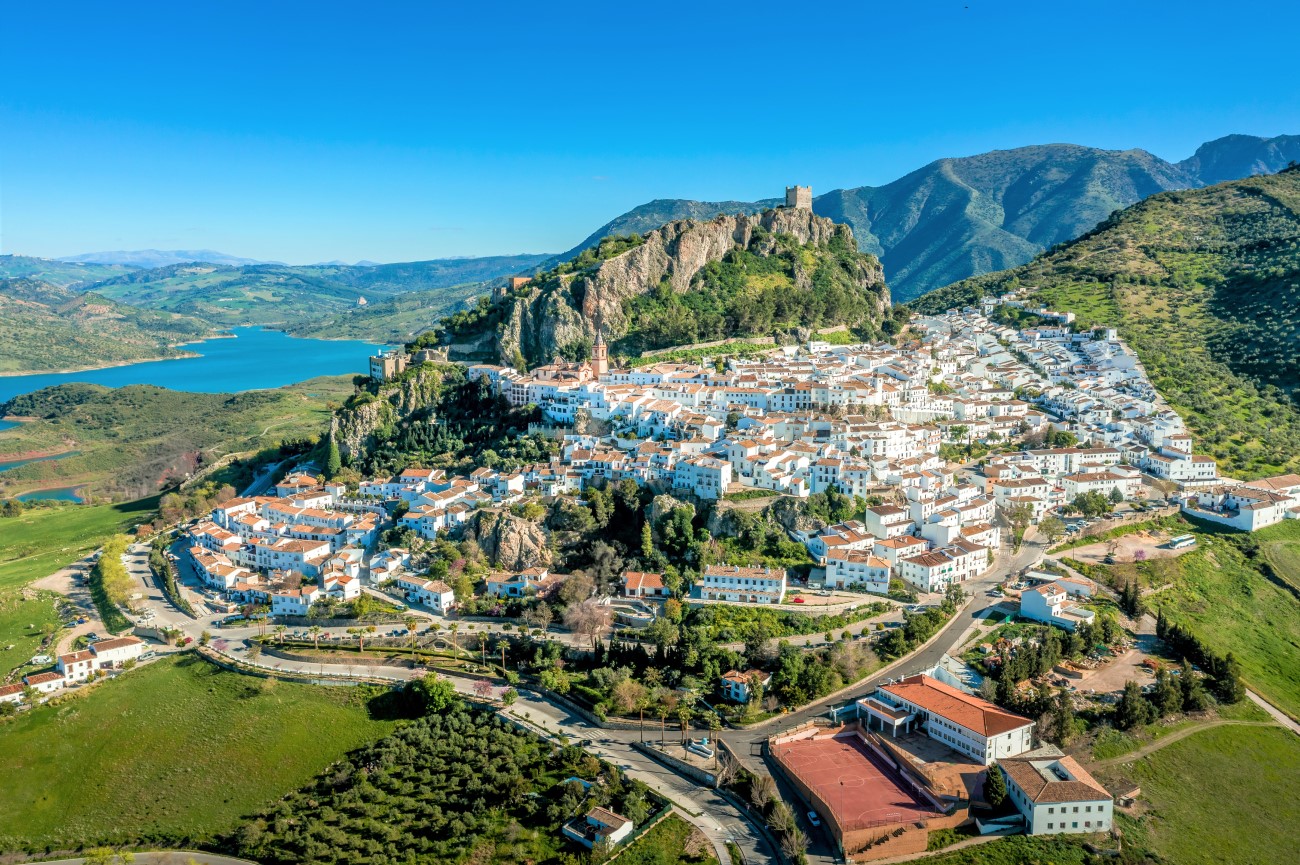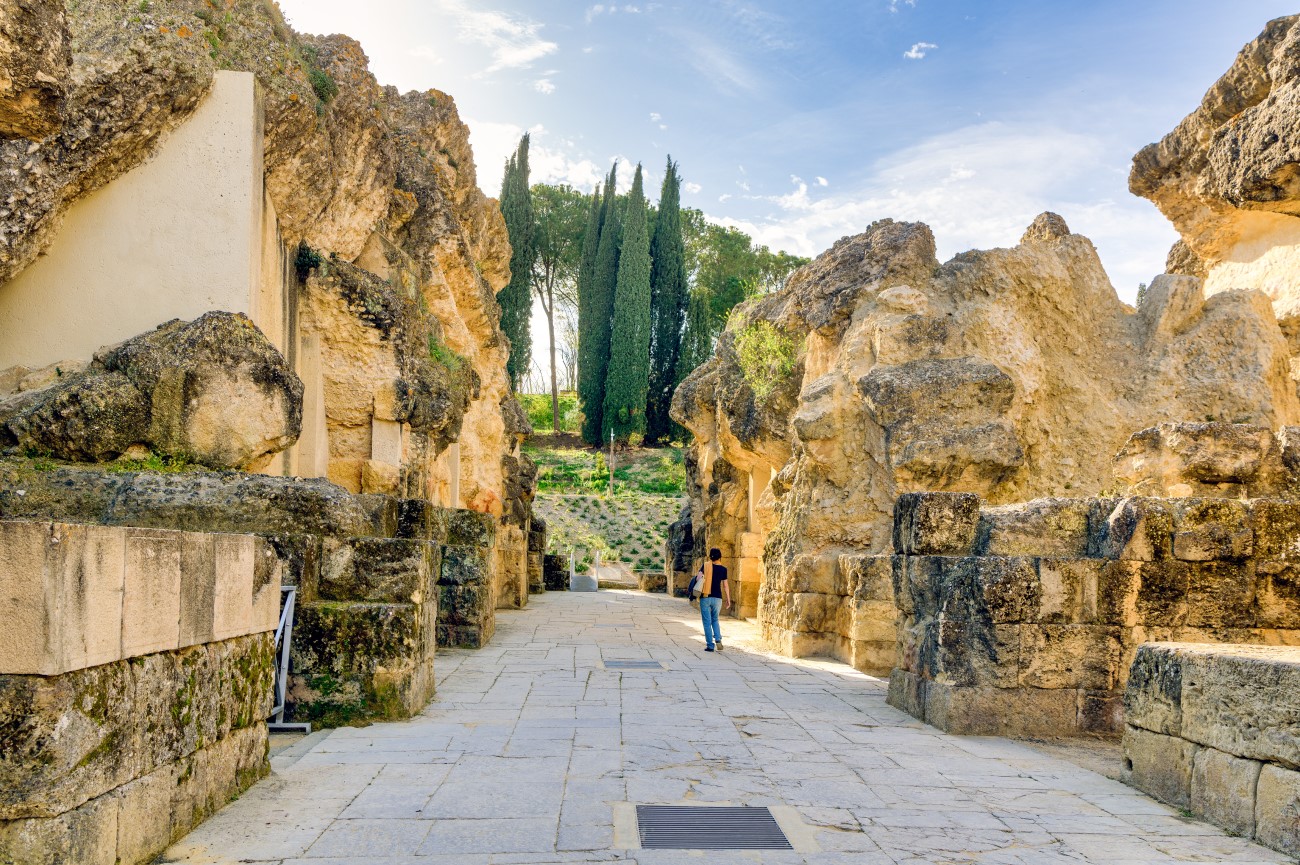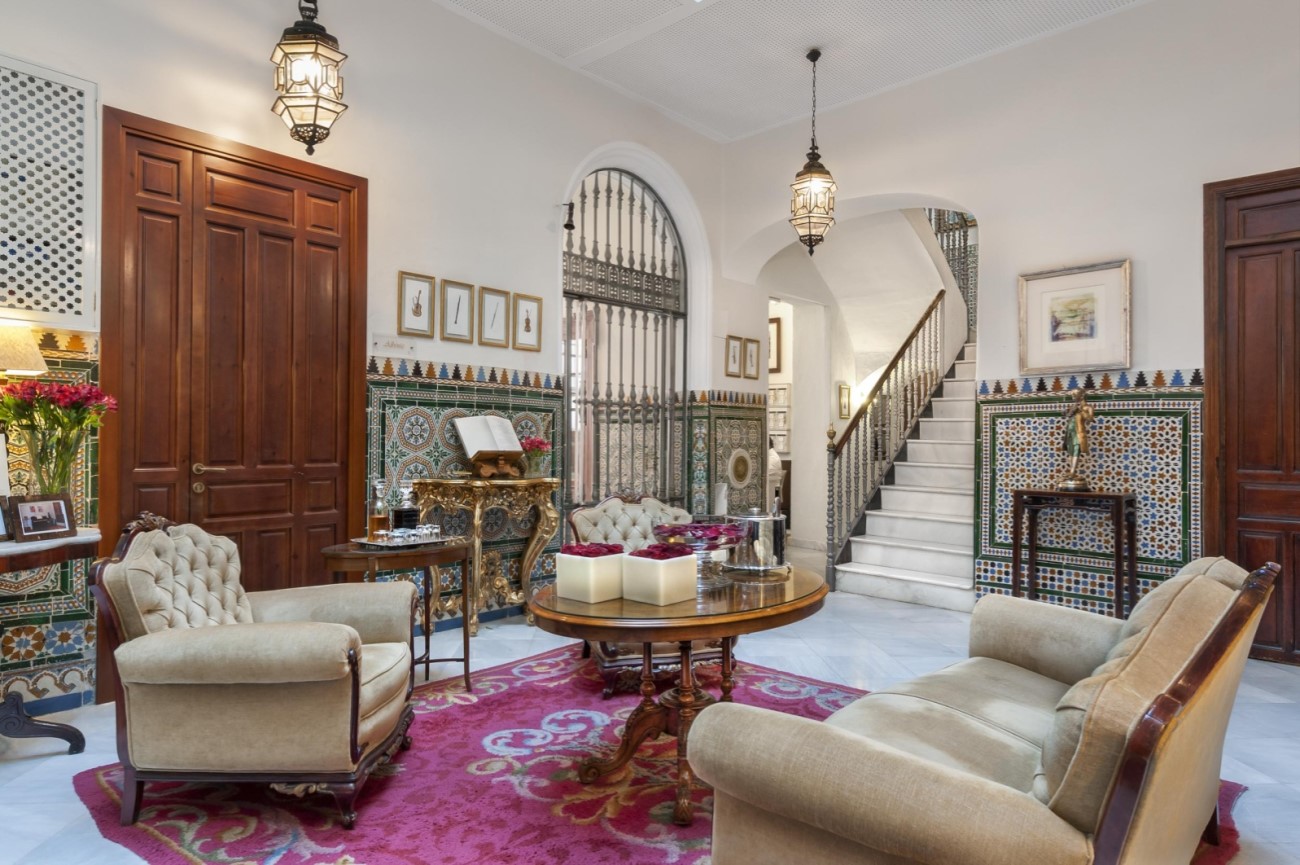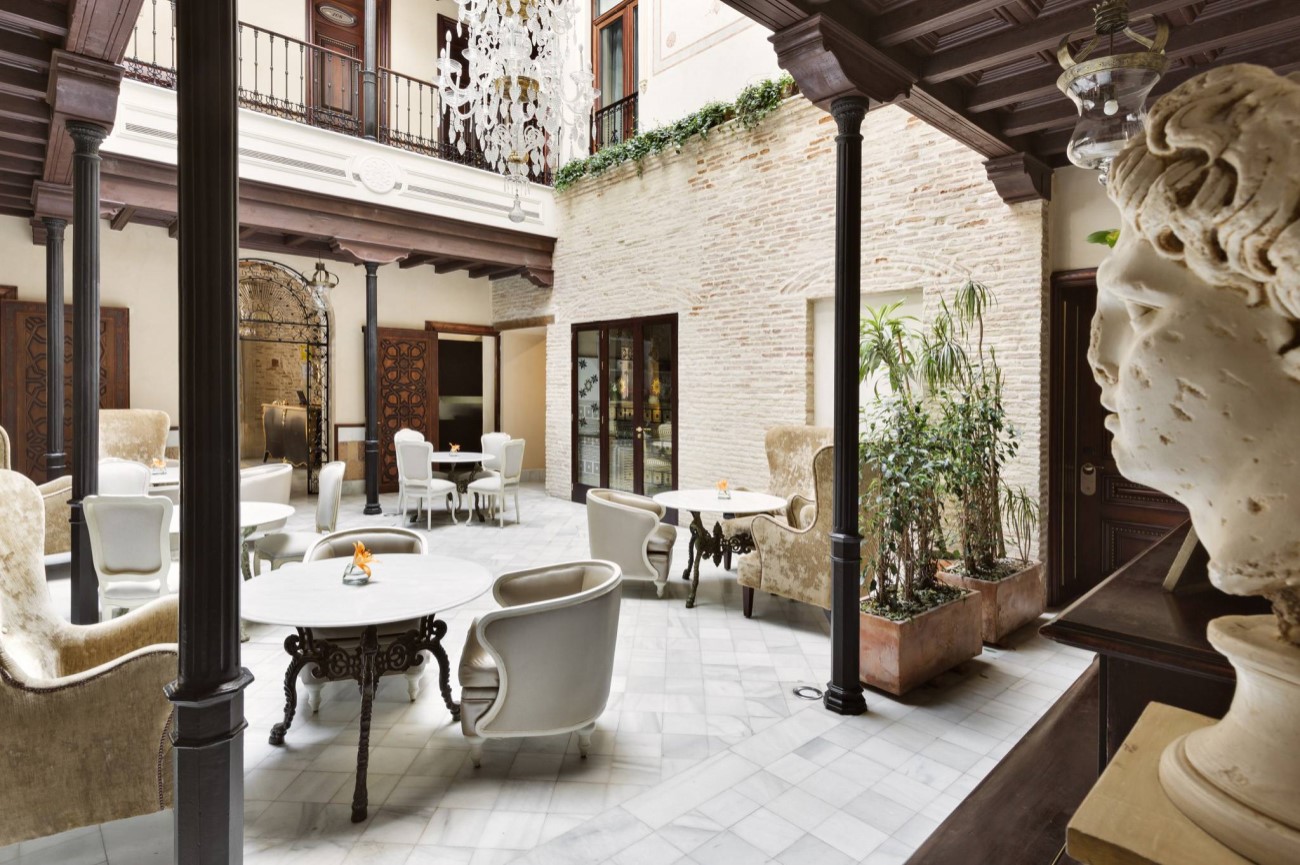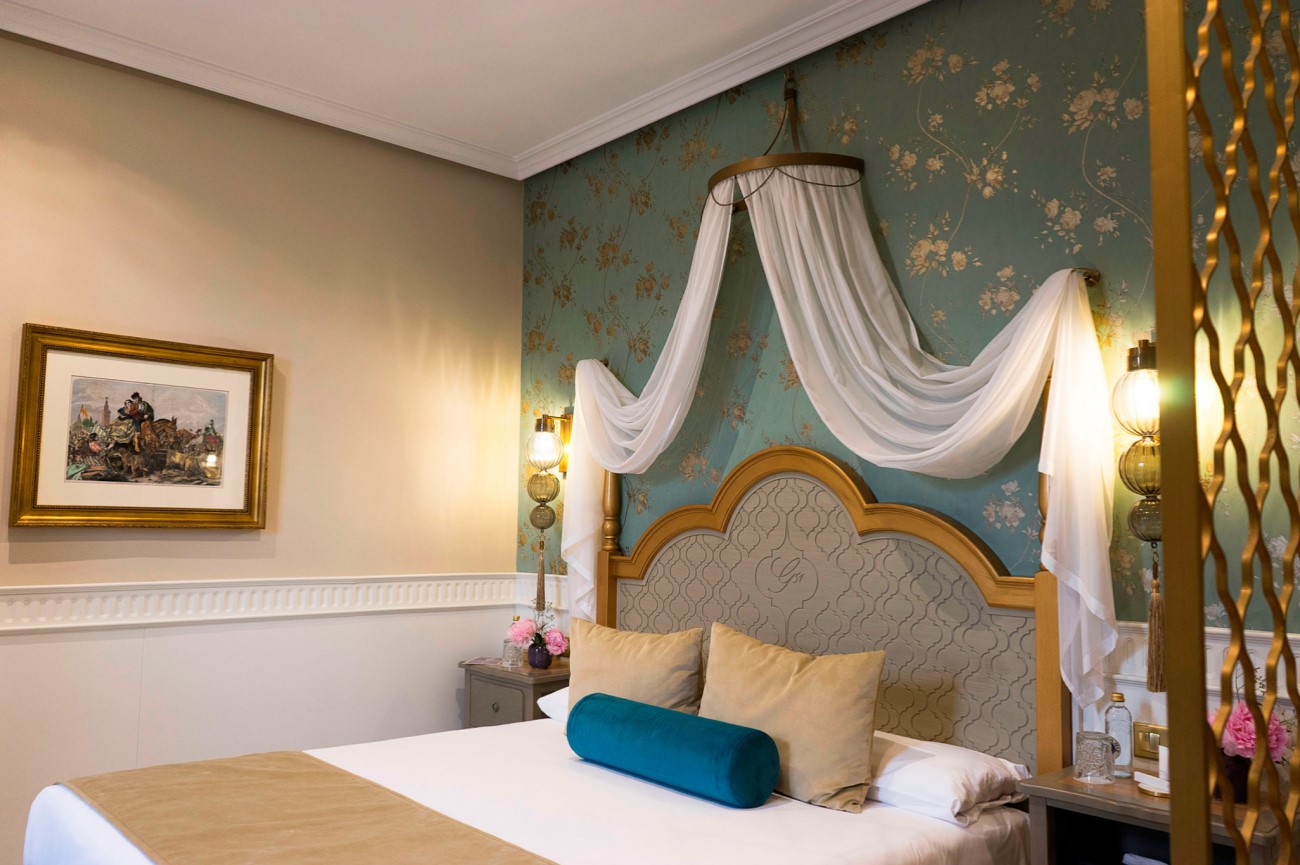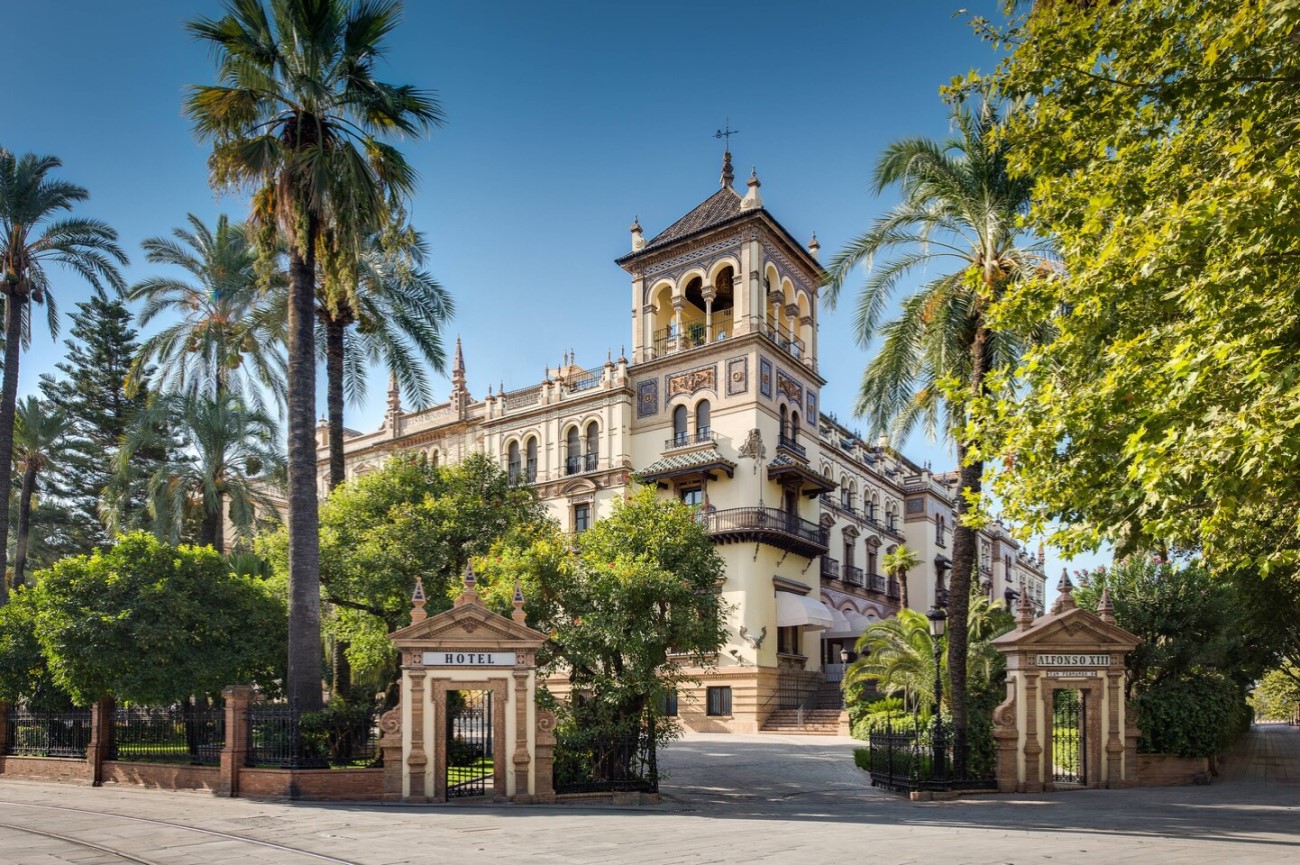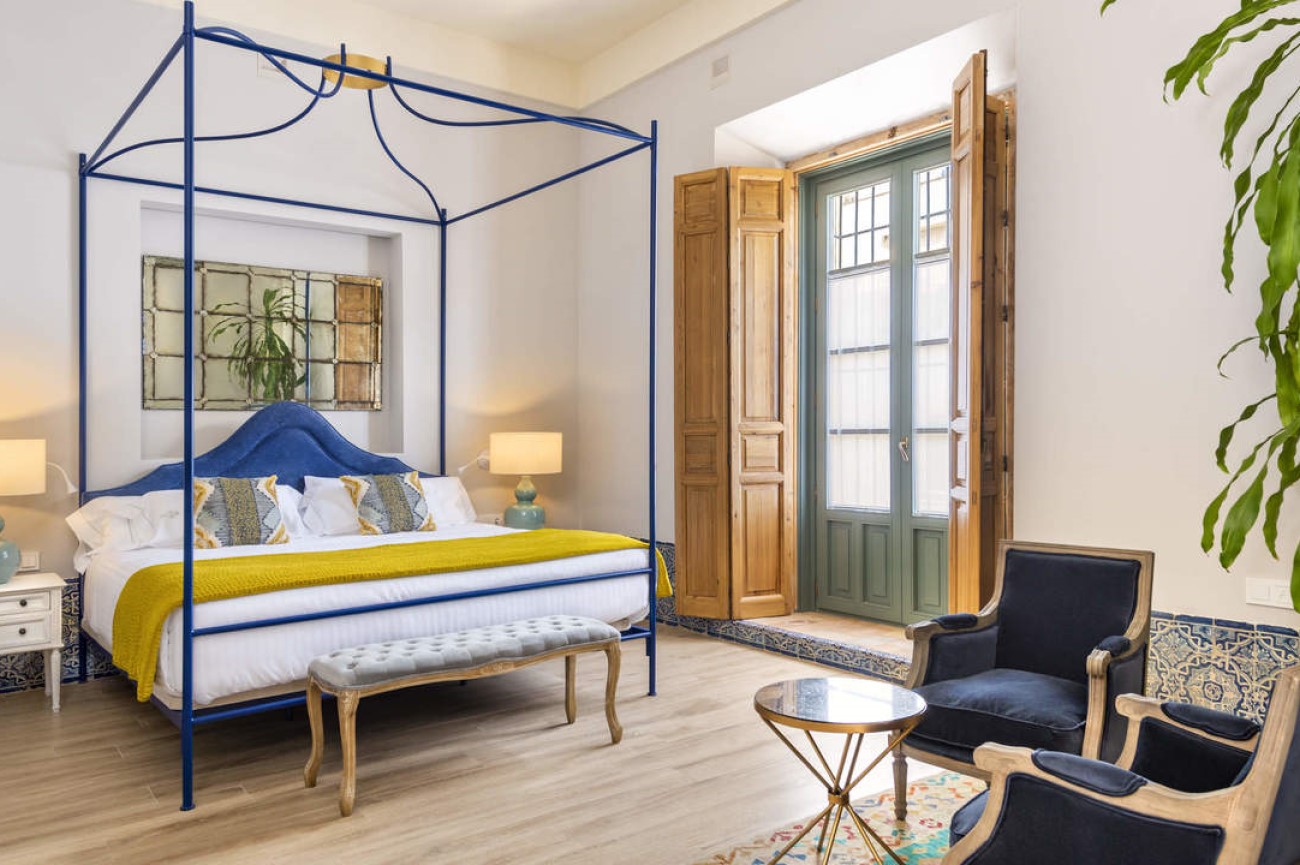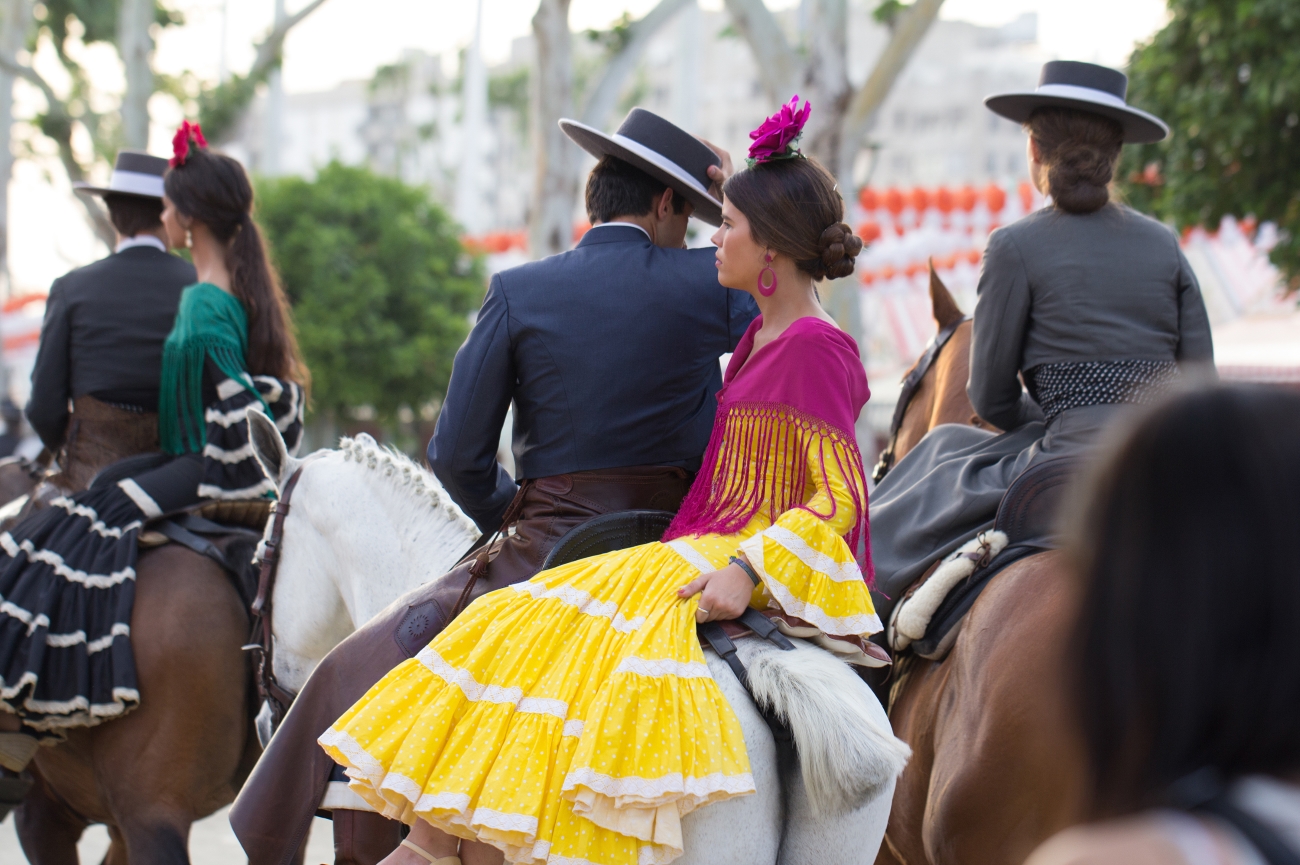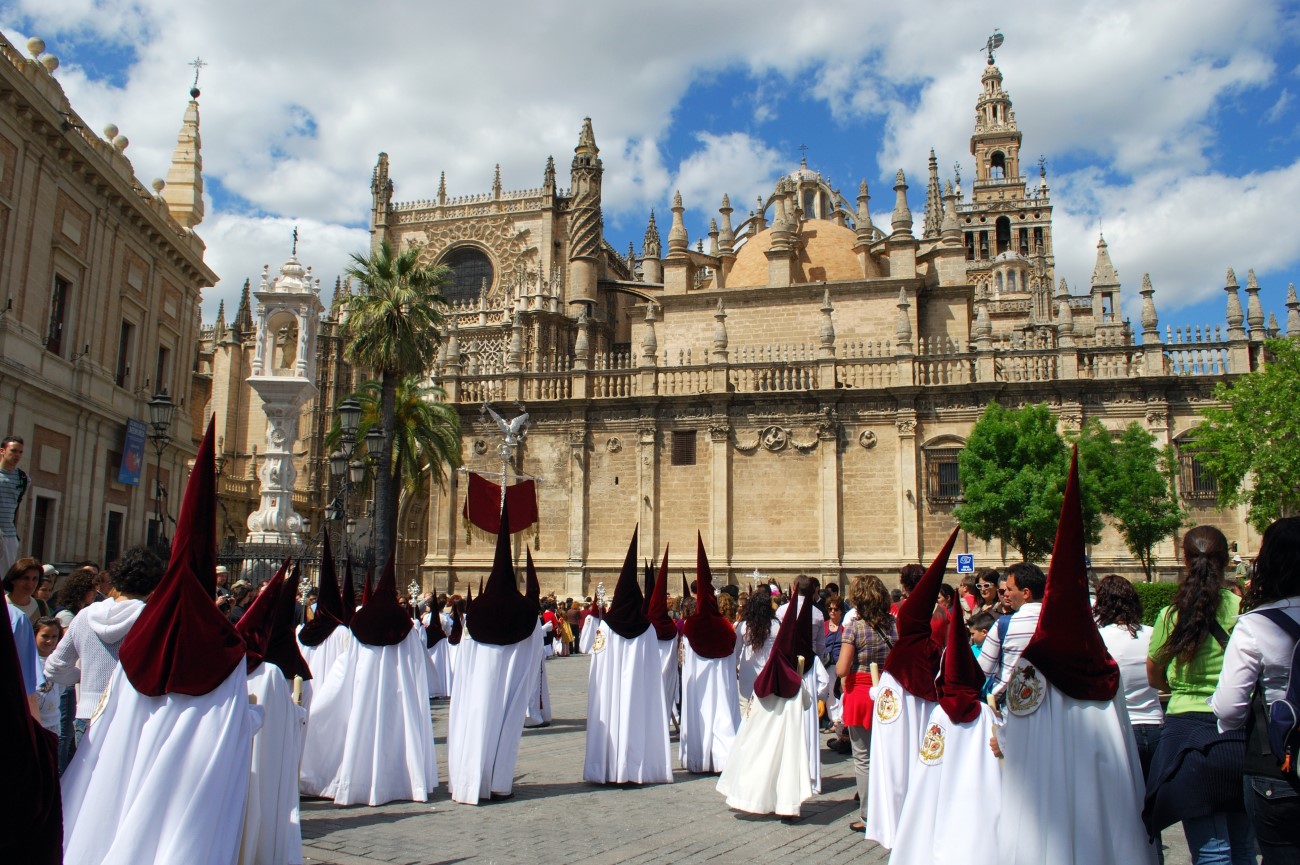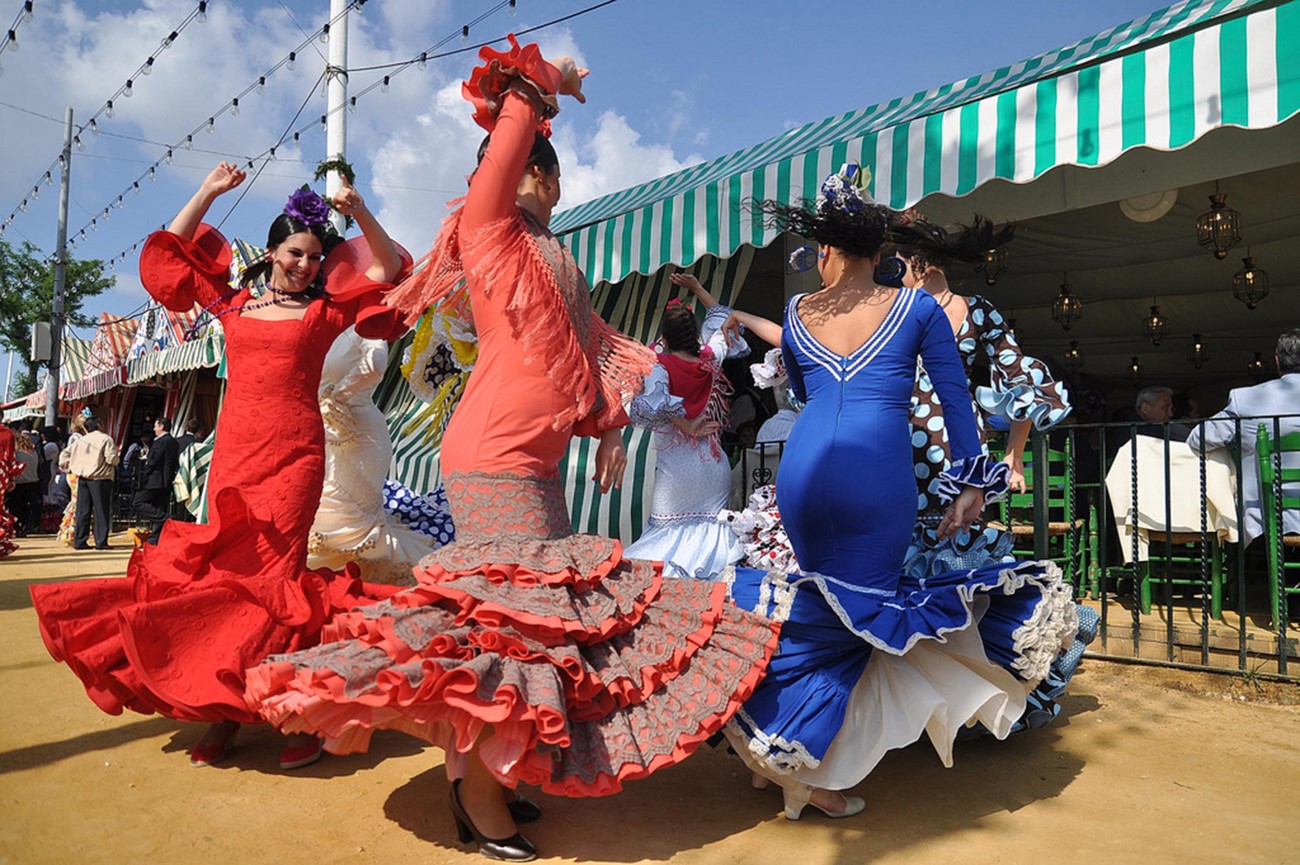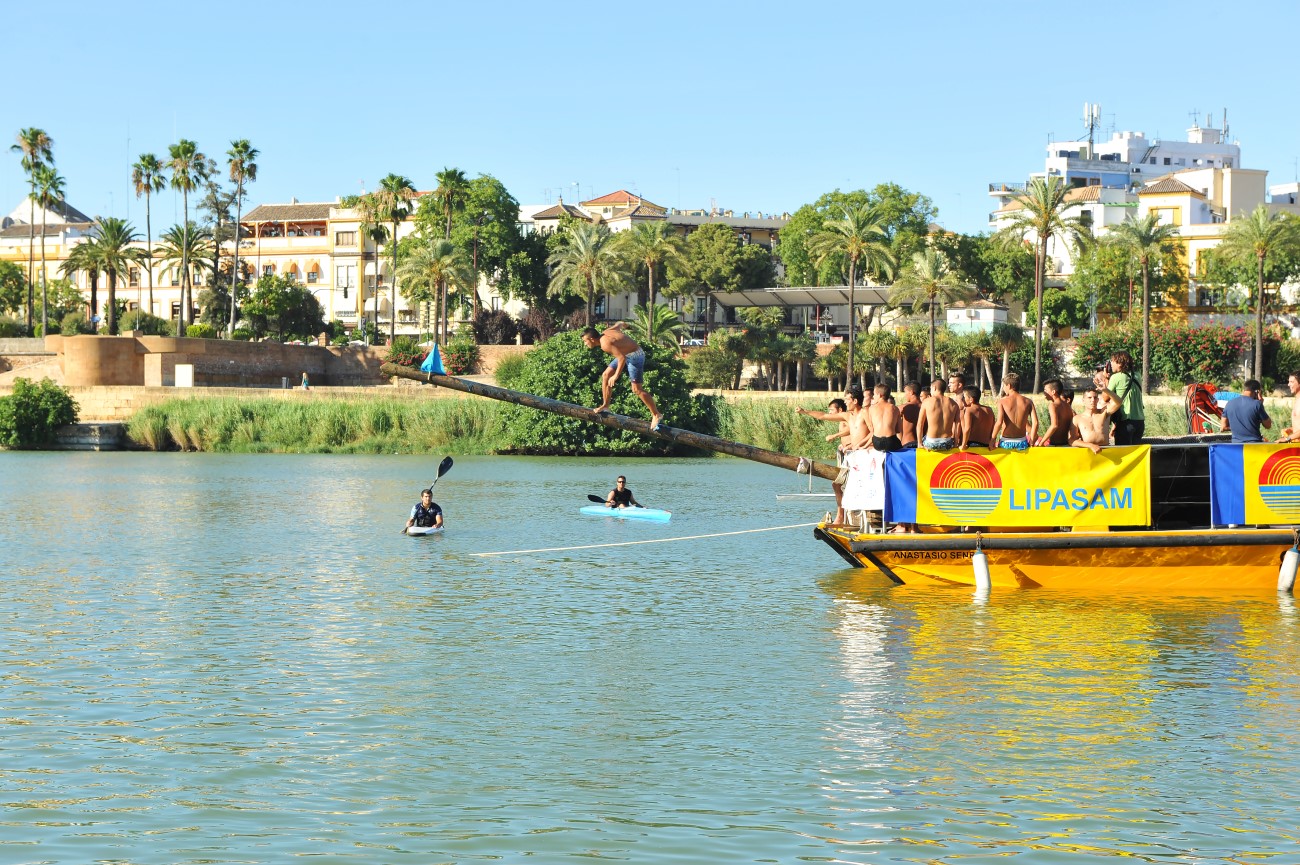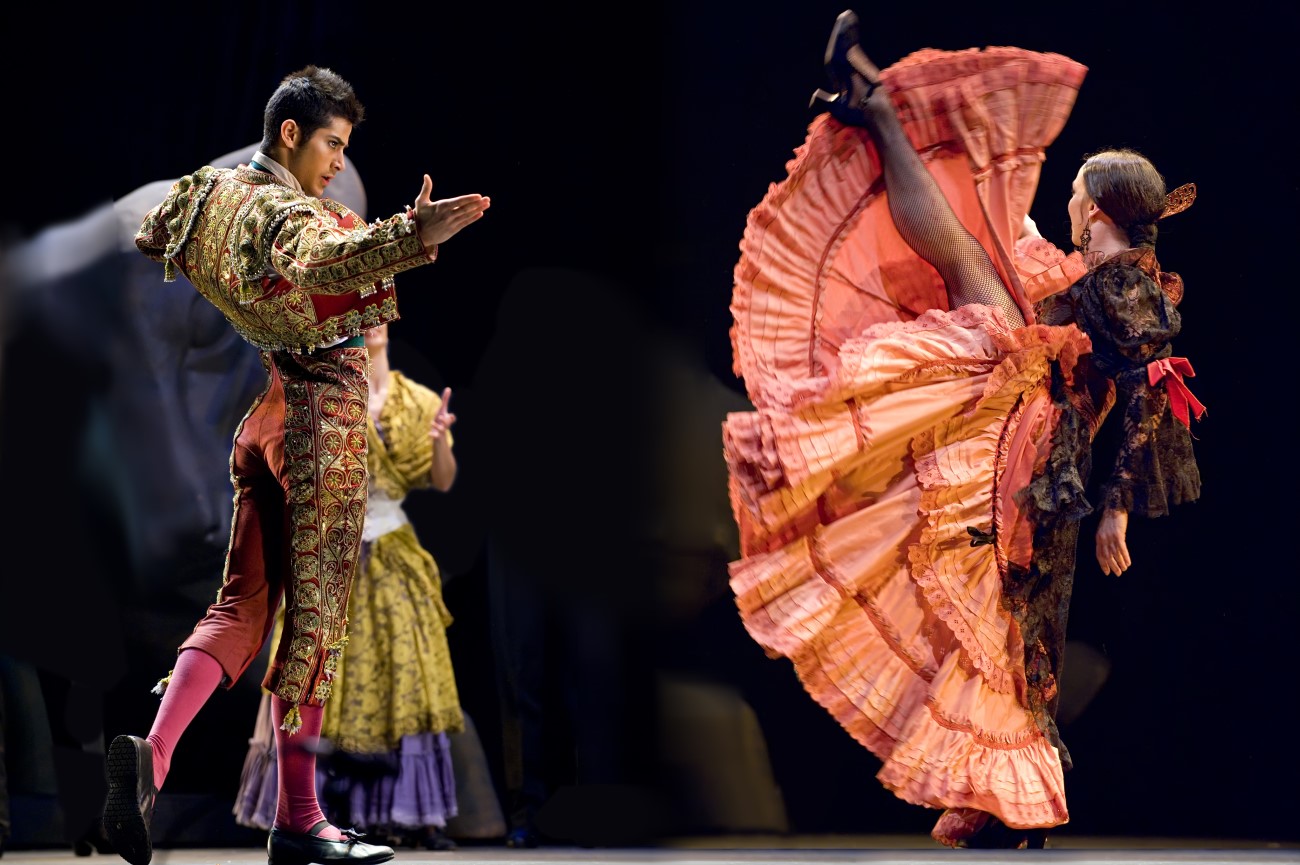Things to do in Seville, Spain: 2-day itinerary
As the capital of Andalucia, Seville is the perfect entry point for those looking to explore the south of Spain. Ancient buildings like the Real Alcázar and the Cathedral, combined with a flamenco tradition and delicious tapas, are a few things that draw visitors to this balmy city. If you’re looking for things to do in Seville, this two-day itinerary will help you make the most of your visit. It includes the city's best attractions and flamenco shows, as well as tips on where to eat and where to stay.
Day 1

Morning: Real Alcázar Of Seville
Start your tour of Seville with a visit to the Real Alcázar. As you step inside this royal palace, you can't help but marvel at its striking Mudéjar architecture. Established as a fort in the 10th century, it gained even more charm with the addition of the Palacio del Rey Don Pedro in the 14th century. Now open to visitors, it has become one of the city's most iconic sights and even made an appearance on the Game of Thrones series. To avoid waiting in line, make sure to book your ticket in advance online. Once you get to the palace, take your time to wander through its extensive gardens, and keep an eye out for the peacocks.
Hospital Los Venerables
Continue your walk to the Hospital los Venerables, passing through Plaza Alfaro to capture a balcony that some say inspired Shakespeare's Romeo and Juliet scene. Once a charity hospital for priests, Los Venerables is now home to a small museum featuring paintings by Velázquez and other Spanish artists. It's also worth visiting the chapel to admire its colourful frescoes decorating the walls from top-to-bottom.
Plaza Del Cabildo
After visiting the hospital, make your way to Plaza del Cabildo. Located just steps away from the city's cathedral, this hidden plaza offers a quiet respite from the crowds. White columns form a series of arcades decorated with frescoes, while on the opposite side are the remains of an Almohad wall. It’s a private courtyard, so it closes at night.
Afternoon: Sherry, Lunch And Siesta
While Jerez is the birthplace of sherry, it's also quite popular in Seville. Before lunch, grab a glass of this delicious fortified wine at Casa Morales. This local bar, founded in 1850, offers a traditional atmosphere with wooden counters and terracotta sherry tanks. Besides sherry, they also serve montaditos, which are like mini sandwiches. You can grab a bite to eat here or follow one of our recommendations in the "whereto eat section" of this article. When you finish eating, you can always get back to the hotel for a short siesta. Keep in mind that most businesses in Spain close between 2 p.m. and 5:30 p.m.
Real Maestranza De Caballería De Sevilla (Plaza Del Toros)
The Real Maestranza is Seville's iconic bullfighting ring, and one of the oldest in Spain dating back to 1761. You don't have to attend an event here to appreciate its charming baroque facade and the large arena. A ticket gives you access to the museum which showcases the history of bullfighting, featuring traditional costumes and paintings. There's also a small chapel where bullfighters pray before going in the ring.
Barrio De Triana
From the Plaza del Toros, walk towards the river and cross the Isabel II Bridge. It's on the other end you'll find the Triana neighbourhood, a lively area famous among bullfighters, flamenco dancers and ceramic artists. Start by visiting the Mercado de Triana, a food market lined with colourful stalls selling anything from fruits and vegetables to seafood and spices. Nearby is the Plaza del Altozano, where you can snap a picture with a flamenco dancer statue.
After that, head to the Centro de Ceramica to learn more about Seville's tile making industry and then browse through the ceramic shops at Calle Castilla for a souvenir. Other streets worth exploring include Calle Pureza and Calle Bettis along the river.
Flamenco Show
If you want to see flamenco, Seville is the place to be. There are many ways to experience this passionate Spanish dance and music. Street performers often gather outside the cathedral, local bars have spontaneous shows, but for a guaranteed traditional performance it's best to visit a tablao. These small venues offer intimate shows where the audience is up close with the dancers and guitar players. Some of the best places to see flamenco in Seville are La Carbonería, Casa de La Memoria and Casa del Flamenco. If you're travelling with kids, you can also check out the Museo del Baile, where you can see a show, learn more about flamenco history, and even take classes. Which ever you decide, always make sure to book in advance and arrive early to get a seat near the stage.
Seville Map Of Attractions for Day 1
Day 2

Morning: Seville Cathedral And Giralda Tower
Another must-see in Seville is the cathedral built between 1434 and 1517. This UNESCO Heritage Site is the largest gothic cathedral in the world, and you'll feel quite small next to it. It's also home to the tomb of the infamous explorer Christopher Colombus. Take a walk around the cathedral, and then climb up to the Giralda bell tower for a bird's-eye view of the city. This 12th-century tower used to be the minaret of the Great Mosque of Seville, and it stands out against the cathedral with its Moorish-style architecture. Also, part of the former mosque is the Patio de los Naranjos, a charming courtyard surrounded by orange trees. If you know what time you're planning to visit, we suggest booking tickets in advance to avoid the queues.
Museo De Bellas Artes
After visiting the cathedral, you can head over to the Museo de Bellas Artes. Set inside a former convent, it’s one of the best art museums in Spain. Here you’ll find a variety of paintings and sculptures ranging from the 15th to the 20th century. There's also a section for religious paintings from the 17th century, known as Spain's Golden Age. Velázquez, Gonzalo Bilbao and El Greco are some of the artists on display here.
Plaza Del Salvador
Plaza del Salvador is a lively square in Seville's old town packed with bars and restaurants. It takes its name from the 17th-century church facing it. At first sight, the El Divino Salvador church stands out with its Mannerist red and white facade, but inside there's an impressive Baroque interior featuring ornate golden altarpieces. If you’ve visited the cathedral, the same ticket also gives you access to this church. You can also buy a ticket here first and then use it to skip the line at the cathedral.
Casa De Pilatos
Continue to Casa de Pilatos, a gorgeous mansion which is still home to the Dukes of Medinaceli. Dating back to the 15th century it combines Mudéjar, Gothic and Renaissance elements, making it a mini sample of Seville's Alcázar. Make sure to visit the upper floor to admire the colourful tilework and look up to see the artesonados, wooden ceilings decorated with intricate patterns.
Seville University: Royal Tobacco Factory
From Casa de Pilatos, it's a 15-minute walk to the Seville University. This imposing 18th-century building was once home to the Royal Tobacco Factory, one of the city’s former booming industries and the first factory of its kind in Europe. These days, people come here to admire the Baroque architecture, but also as a homage to Bizet’s opera, Carmen, since this was where the fictional story took place. The University has been here since the 1950s and it’s among the largest buildings in Spain. You can explore the grounds as you please, or get an audio guide from the main entrance hall to learn more about the building’s history.
Afternoon: Plaza De España
In the afternoon, take a walk up to Plaza de España. This extravagant plaza was designed by Aníbal González for the 1929 World Fair. Today, it's one of the most iconic sights in Seville. Take a stroll around the plaza and marvel at the fountains, bridges and stunning tile panels representing Spanish provinces. You can also hire a boat to paddle along the canals or watch street performers showing off their flamenco skills.
María Luisa Park
Plaza de España is part of Parque de María Luisa. Stretching for 34 hectares, it's the ideal spot to escape the city's heat in the summer. Other noteworthy buildings within the park include the aquarium, the Museum of Popular Arts and Customs, and the Archaeological museum, which houses Roman sculptures and mosaics. You'll also find a series of landscaped gardens, ponds and tree-lined paths which you can explore on foot or by bike.
Palacio De San Telmo
Close to the park is the Palacio de San Telmo, a building which has had many lives throughout the years. Established in the 17th century, it was initially built as a part of the University of Navigators, hence the name San Telmo, the patron saint of navigators. Later on, it served as a royal palace, until Princess María Luisa donated the building to the church. In 1989 it became the seat for the Andalusian government, which remains here to this day. It’s hard not to stop in front of this historical site, with its striking red and yellow facade and Baroque-style doorway designed by architect Leonardo de Figueroa. Make sure to look up to find the statue of San Telmo. To see the interior you need to schedule a visit in advance.
Metropol Parasol, Aka Las Setas
End your trip with a visit to the Metropol Parasol. Designed by German architect Jurgen Mayer, this modern complex has a unique structure that resembles huge mushrooms, hence its local nickname Las Setas. Its winding rooftop is one of the best spots to watch the sunset in Seville. Make sure to head here a bit earlier to avoid the queue to the elevator. Even if you miss the sunset, you can still get spectacular views of the city at night. The building also houses a museum, cafes and a food market.
On the way to Las Setas, you can walk along the river and capture Toro del Oro, a watchtower built in the 13th century.
Seville Map Of Attractions for Day 2
Other Things To Do In Seville
- Alameda de Hércules: This square is the heart of Seville's nightlife. When the sun goes down,tourists and creative folks head down here for a bit of entertainment. There's a series of tapas bars, as well as nightclubs and music venues that host live jazz. At the head of the square are two Roman columns featuring the statues of Julius Caesar and Hercules.
- Palacio de la Condesa de Lebrija: It's worth visiting this 16th-century palace to admire its eclectic design. Here Roman mosaics mix with a Múdejar courtyard and Renaissance details.The palace is named after the Countess of Lebrija, an archaeologist that renovated the house back in 1914. Inside, you'll find a collection of items gathered during her travels, including several Roman remains.
- Iglesia de San Luis de los Franceses: Dedicated to King Louis IX of France, this church was completed in the 18th century. It's one of Seville's Baroque masterpieces, featuring gilded altar pieces and elaborate ceiling paintings.
- Palacio de las Dueñas: Once home to the Duchess de Alba, this 15th-century palace is now open to visitors. Most of the building has a Renaissance style, but there are also Gothic and Moorish elements. Take a stroll through the colourful gardens, and then step inside to admire the display of paintings, tapestries and bullfighting memorabilia.
- Tapas tour: There are more than 3,000 tapas bars scattered
across Seville. Joining a food tour is a great way to experience some of
the city’s iconic dishes in one go. We organize the Spanish Tapas, Sherry & Culture Discovery in Seville tour, which includes tapas tours, flamenco show and more.
Top Things To Do With Kids In Seville
There's no shortage of activities for kids in Seville. A few things they might enjoy from the itinerary above include climbing up the Giralda tower, spotting peacocks at the Real Alcázar and feeding ducks or cycling at the María Luisa Park. Near the park is Seville's aquarium where kids can admire thousands of creatures, including sharks, giant octopus and spider crabs. You can also rent a pedal boat near Plaza de España or hop on a boat cruise if the weather isn't great.
For older kids, it's also an opportunity to experience a different cuisine. Beyond tapas, they can try traditional sweet treats like churros with hot chocolate or torrijas, which is similar to a French toast.
Other nearby attractions include the Isla Mágica theme park or the water-park version Aqua Mágica, which you can reach by car or public transport.
For visitors travelling in the summer, it's worth booking a hotel with a pool so you can cool off.
Day Trips From Seville
- Carmona: It only takes half an hour to reach Carmona, making it an easy day trip from Seville. This fortified town is full of historical buildings, including a Roman necropolis and a Moorish Alcázar. Once you've seen the sights, you can spend the day hopping between tapas bars.
- Córdoba: Once the centre of Islamic Spain, Córdoba is home to some of the most iconic buildings in Andalucia. Among them is the Mezquita, which started as an 8th-century mosque and later got converted into a cathedral. Other noteworthy attractions include the Alcázar and the city's colourful patios. You can get the AVE high-speed train from Seville to Córdoba, which takes about 45 minutes.
- Cádiz: If you're in the mood for a beach break, head down to Cádiz. La Caleta Beach is the closest one to the centre, but there are many more across the peninsula. Beyond its pristine beaches, this port city also features historical landmarks and quality seafood restaurants. It'sworth coming here in February to catch the lively carnival celebrations. The train from Seville takes around 1h40.
- Jerez and Arcos de la Frontera: Jerez de la Frontera is the birthplace of sherry wine, a fortified drink produced exclusively in the Andalucia region. In between wine tastings, you can explore the old town and visit its 11th-century Alcázar. Jerez is also famous for its equestrian heritage. If you have time, make sure to check the dancing horse show at the Real Escuela Andaluza. There are regular trains from Seville to Jerez which take between 1 hour and 1h30. If you're driving, you can stop by Arcos de la Frontera on the way, a small white town featuring incredible views over the Guadalete river.
- Ronda: Ronda attracts visitors with its dramatic landscape. The town sits on the edge of a deep ravine amid the Serranía de Ronda Mountains. To capture these jaw-dropping views cross over the Puente Nuevo, an 18th-century bridge that separates the old and the new town. Another highlight is the Plaza de Toros, one of the oldest bullrings in Spain. Ronda is a two-hour drive from Seville, but there are also bus connections.
- Zahara de la Sierra: Halfway between Seville and Ronda, you'll find Zahara de la Sierra. It takes about 1h30 to reach this small village amid the Grazalema mountains. The castle above the hill overlooks a lake and the town's whitewashed houses. Nearby is the Garganta Verde, a spectacular gorge along the Bocaleones river which is over 100 metres deep. At the bottom of the ravine, there’s a small cavern known as Cueva de la Ermita. You need a permit to follow the Garganta Verde trail, which you can acquire for free at the El Bosque visitor’s centre. The area is usually closed during the summer season to prevent forest fires.
- Italica: The Roman ruins of Italica are a 20-minute drive north from Seville near the Guadalquivir River. This was the first Roman settlement in southern Spain, established in 206 BC, and among the largest in the Empire. A guided tour will take you through the amphitheatre and show you the streets and houses of this ancient city. Keep an eye out for the stunning mosaics at Casa de los Pájaros, Edificio de Neptuno, and Casa del Planetario.
- Setenil de las Bodegas: This quirky town is famous for its picturesque cave-houses built into the cliffs. The castle on the hill is a former Arab fortress and its keep provides stunning views over the town and the surrounding countryside. The ruins of Acinipo and its Roman theatre are also located nearby.
Where To Eat In Seville
One of the best ways to experience Seville is through its cuisine. Tapas here aren't just a meal but a way of socialising, where people hop from bar to bar. The idea is to sample one or two dishes and then move on to the next bar. Below are a few of the best places to eat in Seville:
For breakfast
- La Cacharreria: This is one of the best spots for breakfast in Seville. Cakes, toasts and muesli bowls are a few things you'll find on the menu here. It's a small place, and it gets quite busy, but it's worth the wait.
- Bar Alfalfa: At Alfalfa, you can experience a classic Sevillano breakfast. They serve a range of tostadas (toasted bread), but the highlight is the Andaluz made with tomato and ham. For the complete experience, order a cup of café con leche (coffee with milk)
For lunch and dinner
- Bodeguita Romero: Here you can try a range of traditional tapas. Among the favourites is the montadito de pringá, a tiny sandwich filled with juicy pork chunks and black pudding.
- La Brunilda: This little bar delights visitors with its innovative tapas featuring unusual combinations. Try the butifarra sausage served with scallops and cauliflower puree.
- Cañabota: If you want to treat yourself to a seafood meal, Cañabota is the place to go. Here youcan sample classic Sevillano dishes with a modern twist. They also offer a great selection o fwines and sherries to complement the meal.
- Freiduria La Isla: This family-run bar is the perfect place to try fried fish in Seville. They serve anything from cazón (dogfish) to tiny boquerones (anchovies).
- Abacería de San Lorenzo: Abacerías are a mix between grocery stores and bars, where you can sample the produce and then take it home. The menu at San Lorenzo includes a variety of local cheese, conserves and cold cuts, as well as cooked dishes which change every day.
- con Tenedor: This slow food restaurant serves delicious organic cuisine curated by chef Ricardo Rodríguez. Highlights include the homemade paté and the rice dishes.
Food Markets
Triana, Mercado de la Encarnación and Mercado de la Feria. At this last one make sure to visit La Cantina for a taste of grilled fish and seafood.
For a sherry tasting: You'll find sherry in pretty much every bar in Seville, but for the best experience, head to one of these traditional taverns: Casa Morales or El Rinconcillo.
Note: Before heading out to eat in Seville, it's worth knowing the eating schedules. Restaurants are usually open for lunch between 1 p.m. and 4 p.m., and for dinner between 8 p.m. and midnight.
Where To Stay In Seville
From boutique hotels to luxurious palaces, here are some of the best places to stay in Seville:
- Hotel Amadeus (3 stars): This family-run hotel is the perfect choice if you want to stay near the city's main attractions. Music is the theme here, and you'll notice it as soon as you step inside.The rooftop offers splendid views of Seville's cathedral and features a series of instruments which you can grab and play.
- Hotel Casa 1800 (4 stars): Housed in a 19th-century palace, this hotel is only a few steps away from the cathedral. The rooms are bright and rustic, and some offer balconies with a jacuzzi.There's also a rooftop pool to cool off in the summer.
- Hotel Gravina 51 (4 stars): Set near the Museo de Bellas Artes, this hotel stands out with its colourful Moorish-style patios. There are double and triple rooms, as well as an apartment which can accommodate up to four people.
- Hotel Alfonso XIII (5 stars): Named after a Spanish king, this 5-star hotel was created to house international figures during Seville's 1929 Exhibition. Today it attracts visitors from all over the world with its stunning Moorish architecture. Here you can experience authentic Andalusiancuisine, dive in the outdoor pool or take a stroll through the gardens.
- Palacio Bucarelli (Aparthotel): For those looking for a more intimate setting, this hotel housed in a 17th-century palace provides a series of apartments and penthouses with a kitchen area. It's within walking distance from Isla Mágica and Mercado de Feria, one of the city's oldest food markets. There's also a small courtyard with a swimming pool.
Best Time To Visit Seville
The best time to visit Seville is during spring (between March and May) or in autumn (between September and November). It will still be bright and sunny, but there are fewer crowds, so the rates are slightly cheaper. Summers in Seville can be scorching hot, which makes it harder to explore the city on foot. There are also more tourists at this time which pushes the accommodation prices up. If you visit in Spring, you'll also see some of the city's most famous festivals like Feria de Abril and Semana Santa.
Seville Festivals
- Semana Santa: To celebrate Holy Week, Seville hosts a series of processions which begin on Palm Sunday and continue until Easter. The local brotherhoods carry floats with big religious statues, and the crowds follow along the route between Calle Sierpes to the Cathedral.
- Feria de Abril: Just two weeks after Semana Santa, the city welcomes Feria de Abril. This week-long festival takes place every year in a fairground in Los Remedios. Expect plenty of sherry, flamenco dance and fireworks.
- Velá de Santiago y Santa Ana: In the last week of July, the residents of the Triana organize this small festival to celebrate the neighbourhood's patron saint. Most people gather at Calle Betis to eat tapas and enjoy the impromptu flamenco performances. Keep an eye out for La Cucana, a competition where participants have to walk up a greasy pole (standing above the river) and pick up a flag at the edge of it to win a prize.
- Bienal de Flamenco: Seville lives and breathes flamenco, so it's no surprise that it became the chosen location for the Bienal de Flamenco. It’s held in September and brings together some of the best flamenco performers in the world. The events take place in different theatres across the city.


